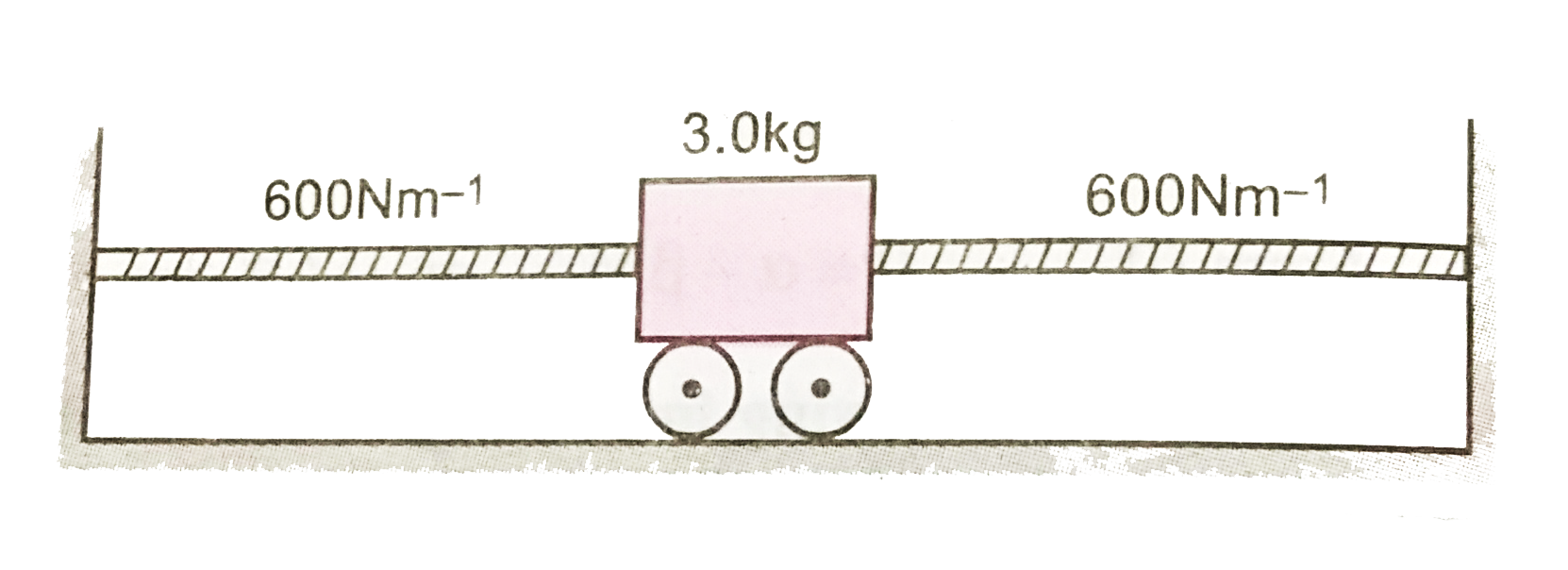Higher Order Thinking Skills from PRADEEP PHYSICS (HINGLISH) OSCILLATIONS AND WAVES for Class 11
| Class 11 | PHYSICS |
| Chapter | OSCILLATIONS AND WAVES |
| PRADEEP PHYSICS (HINGLISH) | Higher Order Thinking Skills |
| Medium | English |
| Academic Year | 2023-2024 |
Question 2
A partical executes SHM on a straigh line path. The amplitude of oscillation is 2cm. When the displacement of the particle from the mean position is 1cm, the magnitude of its acceleration is equal to that of its velocity. Find the time period of SHM, also the ms. velocity and ms. acceleration of SHM. View SolutionQuestion 9
A spring compressed by 0.1m develips a restoring force 10N. A body of mass 4kg is placed on it. Deduce (i) the force constant of the spring (ii) the depression of the spring under the weight of the body ( take g=10N/kg) and (iii) the period of oscillation, if the body is left free. View SolutionQuestion 11
A carrom board 4ft×4ft square has the queen at the centre. The queen hit by the striker moves to the front edge, rebounds and goes in the hole behind the striking line. Find the magnitude of displacement of the queen (a). from the centre to the front edge (b). from the front edge to the hole and (c). from the centre to the hole.View SolutionQuestion 21
A man stands on a weighing machin palced on a horizontal platform the machine reads 50kg. By mean of a suitable mechanism, the platform is made to execute harmonic vibrations up and down with a frequency of 2 vibration per second. What will be the effect on the readin of the weighing machin? Teh amplitude of vibration of platform is 5cm. Take g=10ms−1 View SolutionQuestion 25
Time period of a simple pendulum is 2s and it can go to and fro from equilibrium position at a maximum distance of 6cm. If at the start of the motion the pendulum is in the position of maximum displacement towards the right of the equilibrium position, then write the displacement equation of the pendulum. View SolutionQuestion 34
A small trolley of mass 2.0kg resting on a horizontal turn table is connected by a light spring to the centre of the table. When the turn table is set into rotation at a speed of 360 rpm,, the length of the stretched spring is 43cm. If the original length of the spring is 36cm, determing the force constant of the spring. View SolutionQuestion 38
A small trolley of mass 2.0kg resting on a horizontal turn table is connected by a light spring to the centre of the table. When the turn table is set into rotation a speed of 600rpm, the length of stretched spring is 50cm. If the original length of the spring is 42cm, find the force constant of the spring. View SolutionQuestion 39
A block whose mass is 1 kg is fastened to a spring.The spring has a spring constant 50Nm−1. The block is pulled to a distance x=10cm from its equilibrium position at x=0 on a frictionless surface at t=0. Calculate the kinetic, potential and total energies of the blocak when it is 5cm away from the mean position. View SolutionQuestion 40
A spring of force constant 1200Nm−1 is mounted on a horizontal table as shown in figure. A mass of 3.0kg is attached to the free end of the spring, pulled side ways to a distance of 2.0cm and released , what is
(a) the speed of the mass when the spring is compressed by 1.0cm?
Potential energy of the mass when it momentarily comed to rest ?
(c) Total energy of the oscillating mass.
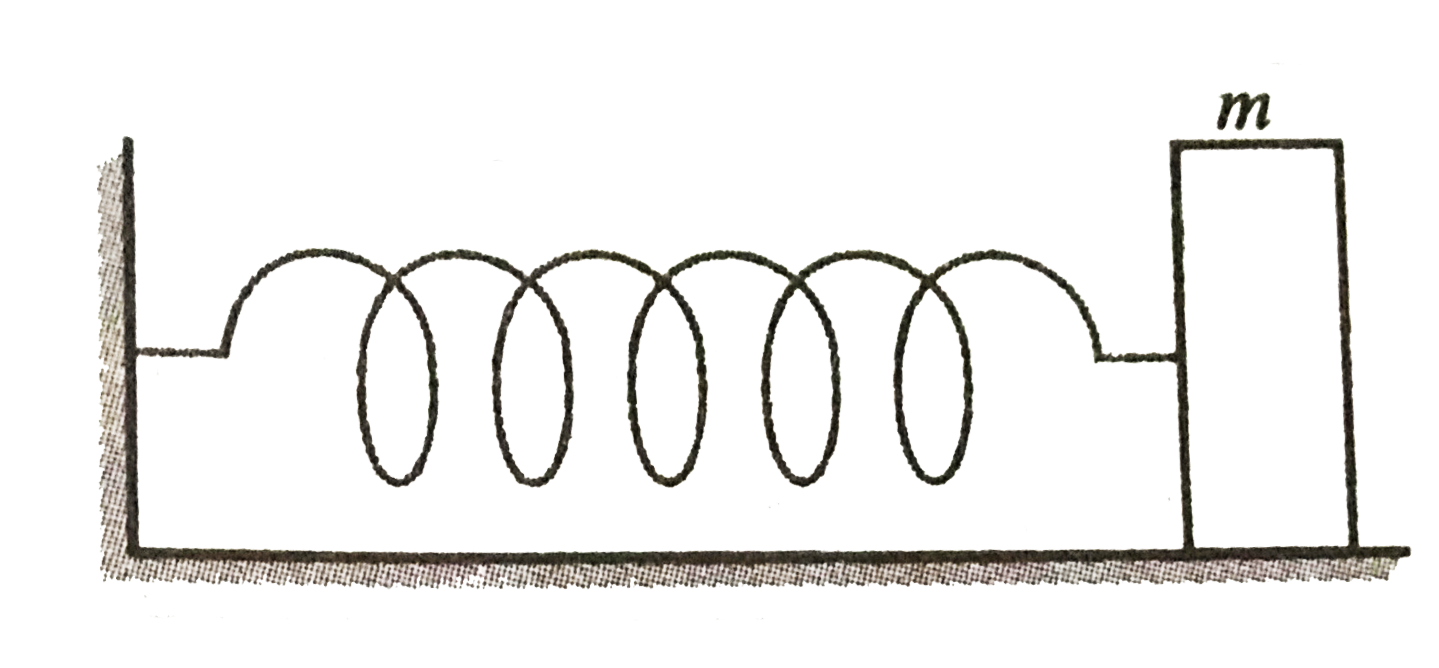 View Solution
View SolutionQuestion 41
A tolley of mass 3.0kg is connected to two identical spring each of force constant 600Nm−1 as shown in figure. If the trolley is displaced from its equilibrium position by 5.0 cm and released, what is
(a) the period of ensuing oscillation?
(b) the maximum speed of trolley?
(c) How much is the total energy dissipated as heat by the time the trolley comes to rest due to damping forces?
 View Solution
View SolutionQuestion 43
A solid cylinder of mass m is attached to a horizontal spring with force constant k. The cylinder can roll without slipping along the horizontal plane. (See the accompanying figure.) Show that the center of mass of the cylinder executes simple harmonic motion with a period T=2π√3m2k, if displaced from mean position.
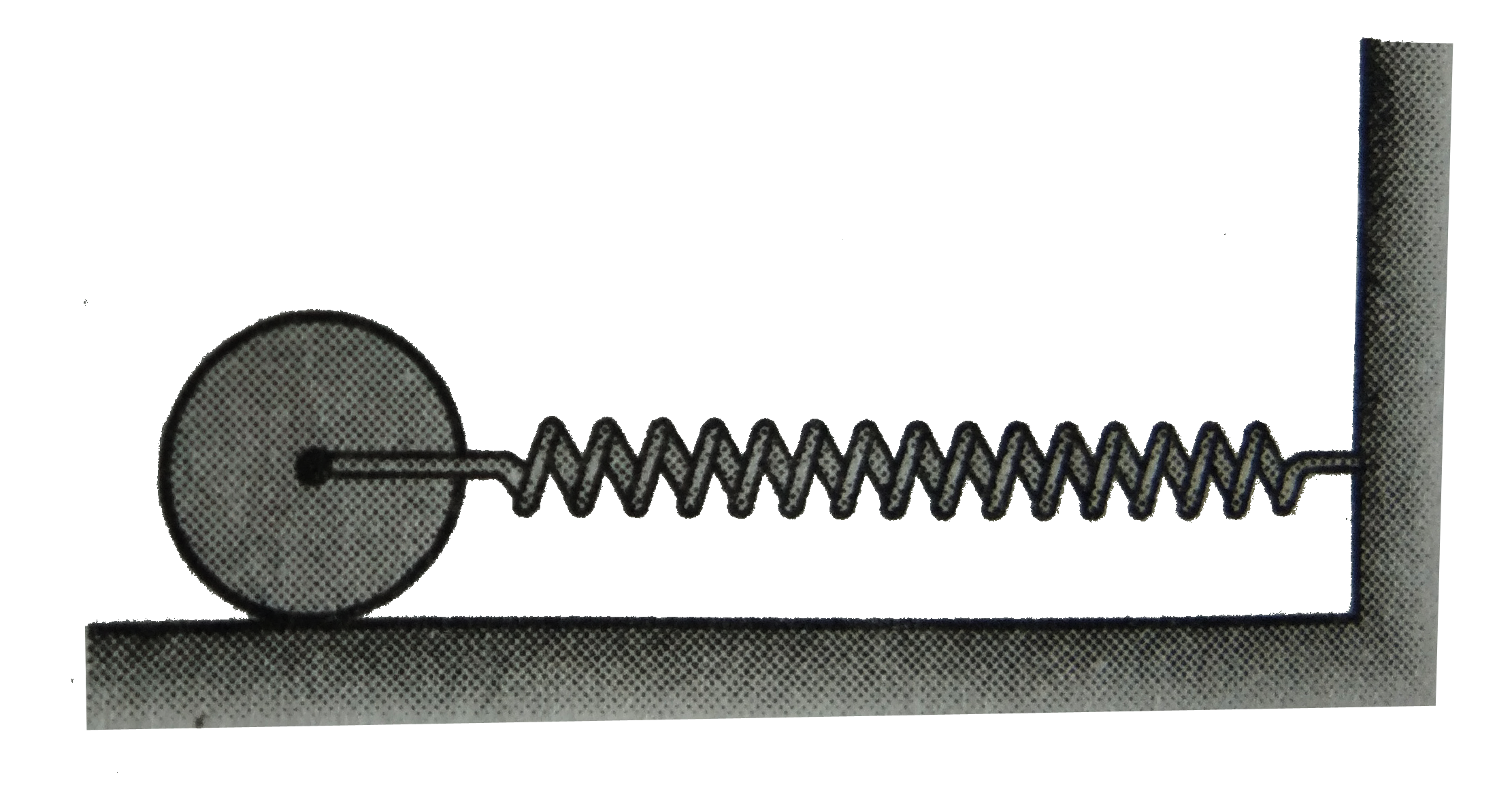 View Solution
View SolutionQuestion 52
For the damped oscillatore shown in figure., the mass m of the block is 200g, K=90Nm−1 and the damping constant b is 40gs−1. Calculate (a) the period of oscillation, (b) time taken for its amplitude of vibrations to drop to half of its initial value of (c) the itme taken for its mechanical energy to drop to half its inital value. View SolutionQuestion 73
A horizontal spring block system of mass M executes simple haormonic motion. When the block is passing through its equilibrium position, an object of mass m is put on it and the two move together. Find the new amplitude and frequency of vibration. Given, k is the spring constant of the system. View SolutionQuestion 87
A particle of mass (m) is attached to a spring (of spring constant k) and has a narural angular frequency omega_(0). An external force R(t) proportional to cos omegat(omega!=omega)(0) is applied to the oscillator. The time displacement of the oscillator will be proprtional to.View SolutionQuestion 128
The relation between the acceleration a and displacement x of a particle executing SHM is a=−(p/q)y , where p and q are constant quantities. What will be the time period of oscillation of the particle ? If p is doubled and q is halved, then find the value of new time period of oscillation. View SolutionQuestion 139
A simple pendulum is hung in a stationary lift and its periodic time is T. What will be the effect on its periodic time T if
(i) the lift is moving up with a uniform velocity v,
(ii) the lift is moving up with a uniform acceleration a, and (iii) the lift is moving down with a uniform acceleration a? View SolutionQuestion 149
four different springs arrangements. If the mass m in each arrangement is displaced from its equilibrium position and released, what is the resulting frequency of vibration ini each case? Neglect the mass of the spring. Figure (a) and (b) represent an arrangement of springs in parallel and (c) and (d) represent springs in series?
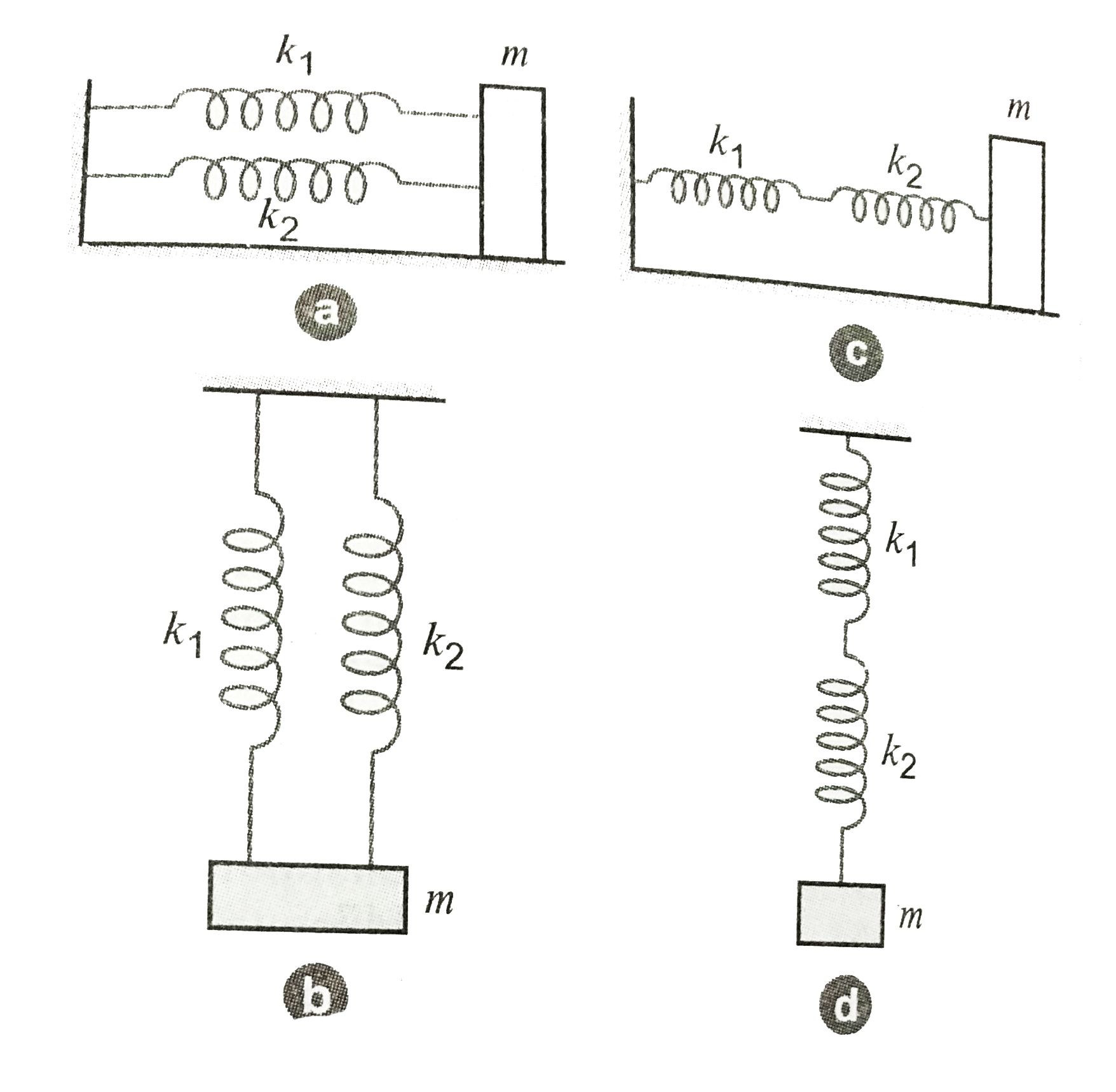 View Solution
View SolutionQuestion 170
A transverse harmonic wave on a string is described by y(x,t)=3.0sin(36t+0.018x+π/4) where x, y are in cm, t in second. The positive direction of x is from left to right . (i) Is this a travelling or stationary wave ? If travellying, what are the speed and direction of its propagation ? (ii) what are its amplitude and frequency ? (iii) what is the inital phase at the origing ? (iv) What is the least distance between two successive creests in the wave?View SolutionQuestion 178
A siren is fitted on as car going towards a vertical wall at a speed of 36 km/h. A person standing on the ground, behind the car, listens to the siren sound coming directly from the source as well as that coming after refelction from the siren to the person and b. coming after reflection. Take the speed of sound to be 340ms−1View SolutionQuestion 192
The speed of sound in dry air at NTP is 332 metres /sec. Assuming air as composed of 4 parts of nitrogen and one part of oxygen, calculate velocity of sound in ocygen under similar condistions, when the densities of oxygen and nitrogen at NTP are in the ration of 16:14 respectively . View SolutionQuestion 199
A wave travelling along a strong is described by
y(x,t)=0.005sin(80.0x−3.0t)
in which the numerical constants are in SI units (0.005m,80.0radm−1 and 3.0rads−1). Calculate (a) the amplitude. (b) the wavelength (c) the period and frequency of the wave. Also , calculate the displacement y of the wave at a distance x=30.0 cm and time t=20 s?View SolutionQuestion 205
Write the equation of a wave identical to the wave represented by the equation y=5sinπ(4.0t−0.02x), but moving in opposite direction. Write the equation of stationary wave produced by the combination of these two waves. Determine the distance between two nearest nodes. All distances in the equations are in mm. View SolutionQuestion 206
Two travalling wavews of equal amplitudes and equal frequencies move in opposite directions along a string. They interfere to produce a standing wave having the equation y=Acoskxsinωt in which A=1.0mm,k=1.57cm−1andω=78.5s−1 (a) Find the velocity of the component travelling waves. (b) Find the node closet to the origin in the x gt 0. (c ) Find the antinode closet to the origin in the region x gt 0 (d) Find the amplitude of the particle at x = 2.33cm.View SolutionQuestion 207
The following equation represents standing wave set up in a medium ,
y=4cos(πx)3sin40πt
where xandy are in cm and t in second. Find out the amplitude and the velocity of the two component waves and calculate the distance adjacent nodes . What is the velocity of a medium particle at x=3cm at time 1/8s? View SolutionQuestion 216
A stone hangs in air from one end of a wire, which is stretched over a sonometer. The wire is in unison with a certain tuning fork when the bridges of sonometer are 45 cm apart. Now the stone hangs immersed in water at 4∘C and the distance between the bridges has to be altered by 9cm to re-establish unison of the wire with the same fork. Calculate the density of the stone. View SolutionQuestion 229
Two sitar strings A and B playing th note 'Dha' are slightly out of tune and produce beats of frequency 5hz. The tension of string B is slightly increased and the beat frequency is found to decrease to 3hz. What is th eoriginal frequency of B, if the frequency of A is 427 hz?View SolutionQuestion 235
An observer is moving towards a wall at 2ms−1. He hears a sound from source at some distance behind him directly as well as after reflection from the wall. Calculate the beat freqecny between these two sound, if the true frequency of the source is 680 Hz. Velocity of sound −340m/s.View SolutionQuestion 237
A rocket is moving at a speed of 200ms−1 towards a stationary target. While moving, it emits a wave of frequency 1000hz. Some of the sound reaching the target gets reflected back to the racket as an echo. Calculate the frequency of sound as detected by the person at the position of tartget and frequecny of echo as detected by the rocket . Given velocity of soun =330ms−1. View SolutionQuestion 273
Examine the following equations and test whether interference, beats or stationary waves will arise from the superposition of (i) 1 and 2 (ii) 1 and 3 (iii) 1 and 4 (iv) 2 and 3 (v) 2 and 4 (vi) 3 and 4 ?
1.ξ1=acos2π(tT+xλ)
2.ξ2=acos2π(tT−xλ)
3.ξ3=acos2π(tT+x+Pλ+ϕ)
4.ξ4=acos2π(tT+α+xλ),α<TView SolutionQuestion 344
Waves are generated on a water surface. Calculated the phase difference between two points A and B, when
(i) A and B lie on the same wave front at a distance =2λ between them.
(ii) A and B lie on successive crests separated by 1 metre.
(iii) A and B lie on successive troughs separated by 1.5m View SolutionQuestion 345
Given below are some eamples of wave motion. State in each case, if the wave motino is transverse, longitudinal or a combination of both?
(i) Motion of a kink in a long coil spring produced by displacing one end of spring side ways.
(ii) Waves produed in a cylinder containing a liquid by moving its piston back and forth.
(iii) Waves produed by a motor boat sailing in water.
(iv) Light waves travelling from sun to earth.
(v) ultrasonic waves in air produced by a vibrating quartz crystal. View SolutionQuestion 360
A column of air at 51∘C and a tuning fork produce 4 beats per second when sounded together. As the temperature of the air column is decreased, the number of beats per second tends to decrease and when the temperature is 16∘C the two produce 1 beat per second. Find the frequency of the tuning fork. View SolutionQuestion 361
During earthquake, both longifudinal and transverse waves are produced having speeds 4.0km/s and 8.0km/s respectively. If the first transverse wave reahes the seismograph 8 miniutes after the arrival of first longitudinal wave, then find the distance of the position, where the earthquake occured. View SolutionQuestion 364
Two sound waves, originating from the same source, travel aong difeent paths in air and then meet at a point. If the source vibrates at a frequency of 1.0 kHz and one path is 83 cm longer than the other, what iwill be theture of iterference? The speed of soundin air is ms−1.View SolutionQuestion 368
Two progressive sound waves each of frequency 170Hz and travelling in opposite directions in air superpose to produce stationary waves.
The speed of sound in air is 340 m/s. What is the
(i) separation between two successive nodes?
(ii) separation between two successive antinodes?
(iii) separation between a node and nearest antinode? View SolutionQuestion 410
A uniform cylinder of length (L) and mass (M) having cross sectional area (A) is suspended, with its length vertical, from a fixed point by a massless spring, such that it is half - submerged in a liquid of density (rho) at equilibrium position. When the cylinder is given a small downward push and released it starts oscillating vertically with small amplitude. If the force constant of the spring is (k), the prequency of oscillation of the cylindcer is.View SolutionQuestion 411
One end of a long metallic wire of length (L) is tied to the ceiling. The other end is tied to a massless spring of spring constant . (K.A) mass (m) hangs freely from the free end of the spring. The area of cross- section and the Young's modulus of the wire are (A) and (Y) respectively. If the mass is slightly pulled down and released, it will oscillate with a time period (T) equal to :View SolutionQuestion 414
Two point masses m1 and m2 are connected by a spring of natural length l0. The spring is compressed such that the two point masses touch each other and then they are fastened by a string. Then the system is moved with a velocity v0 along positive x-axis. When the system reached the origin, the string breaks (t=0). The position of the point mass m1 is given by x1=v0t−A(1−cosωt) where A and ω are constants. Find the position of the second block as a function of time. Also, find the relation between A and l0. View SolutionQuestion 419
A whistle of frequency of 540Hz rotates ini a circle of radius 2m at an angular speed of 15rad/s. What is the lowest and highest frequency heard by a listener a long distance away at rest w.r.t centre of the circle. Can the apparent frequency be ever equal to the actuall frequency ? Take v=330m/s
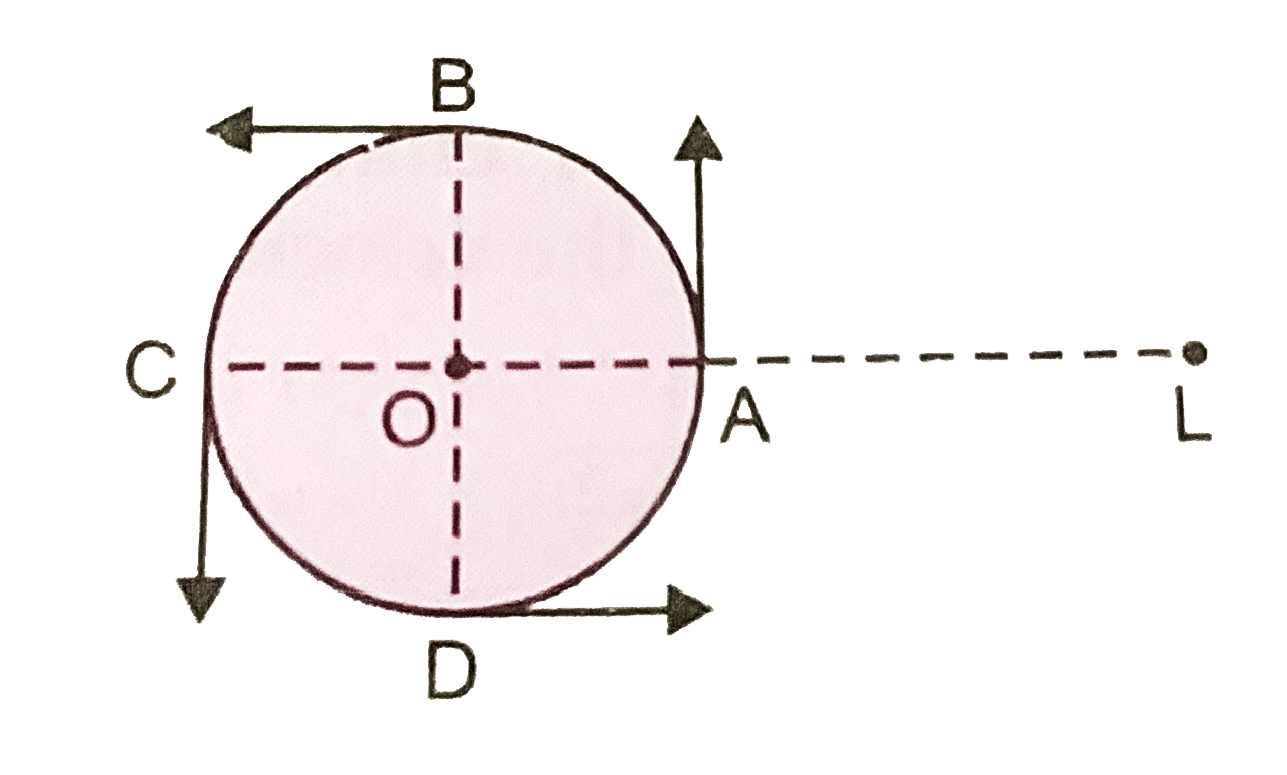 View Solution
View SolutionQuestion 420
A load of 20kg is suspended by a steel wire in a sonometer experiment. Velocity of waves when the wire is rubbed with a resined cloth along the length is 20 times the velocity of waves in the same string, when it is plucked. Find area of cross-section of the wire, if Y for steel is 19.6×1010N/m2andg=9.8m/s2. View SolutionQuestion 422
A locomotive approaching a crossing at a speed of 80 mi/h sounds a whistle of frequency 400 Hz when 1 mi from the crossing. There is no wind, and the speed of sound in air is 0.200mi/s. What frequency is heard by an observer 0.60 mi from the crossing on the straight road which crosses the railroad at right angles?View SolutionQuestion 424
A train approachign a railway crossing at a speed of 120kmh−1 sounds a short whistle at frequency 640 Hz when it is 300 m away from the crossing. The speed of sound in air is 340ms−1. What will be the frequency heard by a person standing on a road perpendicular to the track through the crossing at a distance of 400 m from the crossing ?View SolutionQuestion 427
Which of the following examples represent periodic motion?
(a) A swimmer completing one (return0trip from one bank of a river to other bank. (b) A freely suspended bar megnet displaced from its N−S direction and released. (c) A hydrogen molecule rotating about its centre of mass. (d) An arrow released from a bow. View SolutionQuestion 428
Which of the following examples examples represent (nearly) simple harmonic motion and which represent periodic but not simple harmonic motion?
(a) The rotation of earth about its axis. (b) Motion of an oscillating mercury column in a U tube,
(c) Motion of a ball bearing inside a smooth curved bowl, when released from a point slightly above the lower most position. (d) General vibrations of a polyatomic molecule about its equilibrium position. View SolutionQuestion 430
Which of the following functions of time represent (a) simple harmonic, (b) periodic but not simple harmonic , and (c) non-periodic motion ? Give period for each case of periodic motion ,ω is any positive constant). ltbr> (a) sinωt−cosωt) (b) sin3ωt (c) 3cos(π4−2ωt)
(d) cosωt+cos3ωt+cos5ωt) (e) exp(−ω2t2) (f) 1+ωt+ω2t2 View SolutionQuestion 431
A particle is in linear S.H.M. between two points A and B, 10 cm apart. Take the direction from A to B as the positive direction and give the signs of velocity, acceleration and force on the particle when it is.
(a) at the end (A) at the end B,
(c) at the mid point of AB going towards A,
(d) at 2 cm away from B going towards A,
(e) at 3 cm away from A goiing towards B, and
(f) at 4 cm away from A going towards A.
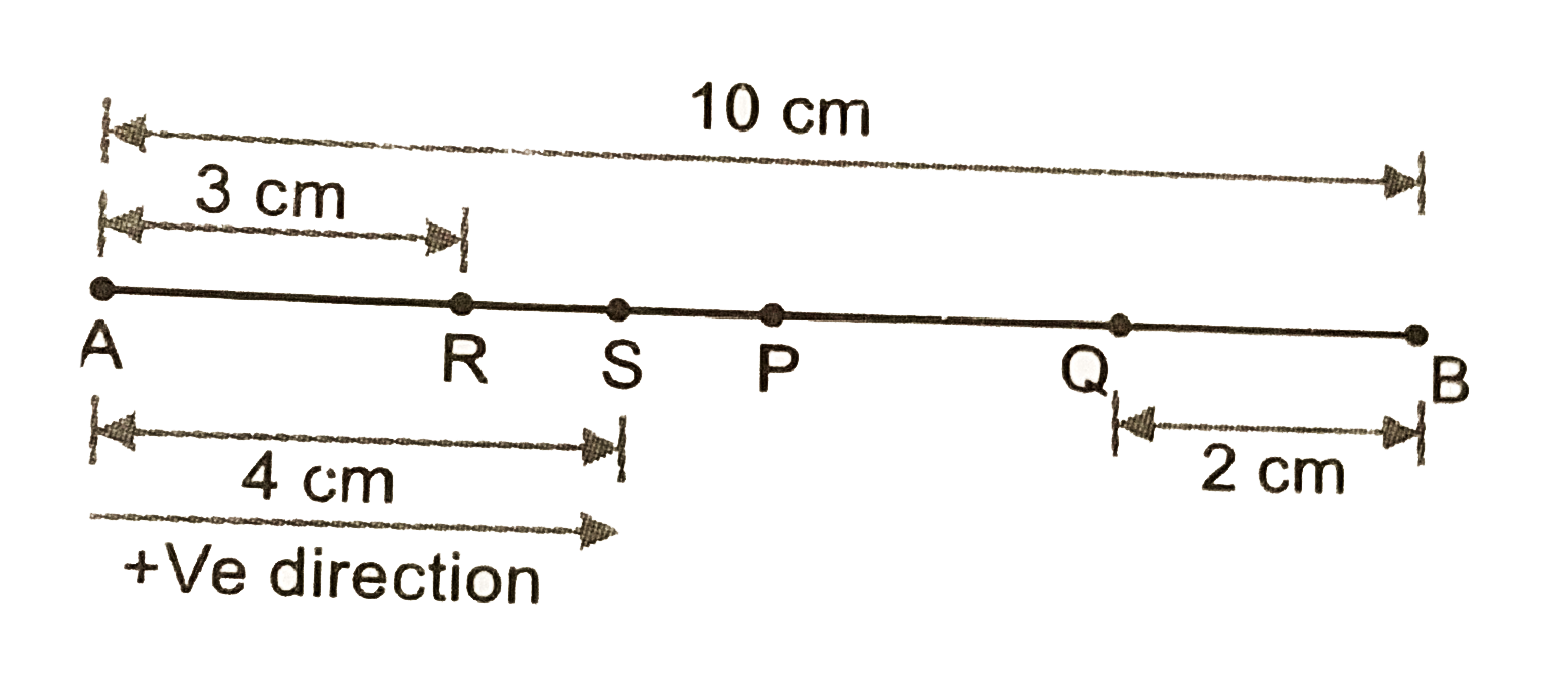 View Solution
View SolutionQuestion 433
The motion of a particle in S.H.M. is described by the displacement function, x=Acos(ωt+ϕ), If the initial (t=0) position of the particle is 1cm and its initial velocity is ωcms−1, what are its amplitude and initial phase angle ? The angular frequency of the particle is πs−1. If instead of the cosine function, we choos the sine function to describe the SHM:x=Bsin(ωt+α), what are the amlitude and intial phase of the particle with the above intial conditions ?View SolutionQuestion 435
A spring of force constant 1200Nm−1 is mounted on a horizontal table as shown in figure. A mass of 3.0kg is attached to the free end of the spring, pulled side ways to a distance of 2.0cm and released. Determing.
(a) the frequency of oscillation of the mass.
(b) the maximum acceleration of the mass.
(c) the maximum speed of the mass.
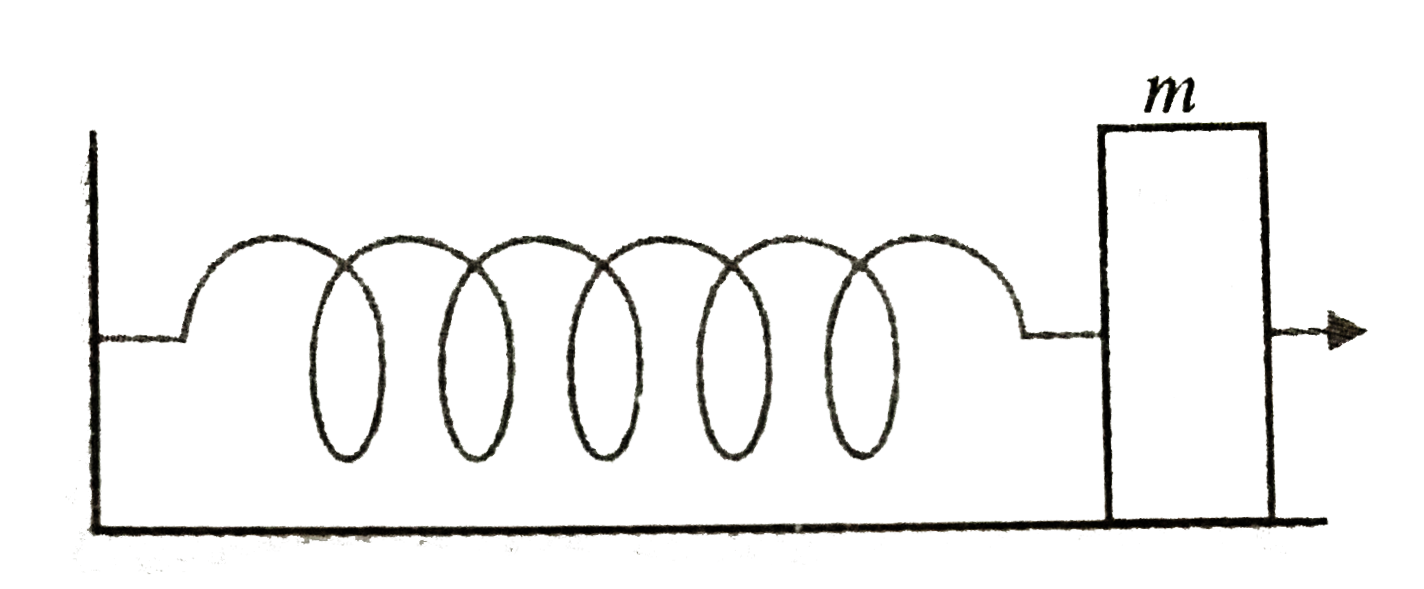 View Solution
View SolutionQuestion 436
In example 34, let us take the position of the mass, when the spring is unstretched, as x=0, and the direction from left to right as the positive direction of X-axis. Give x as a function of time t for the oscillating mass, if at the moment we start the stop watch (t=0), the mass is (i) at the mean position (ii) at the maximum stretched position (iii) at the maximum compressed position.
In what do these different functions of SHM differ ? Frequency, amplitude or initial phase ?View SolutionQuestion 437
Figures,. Correspond to two circular motions. The radius of the circle, the peirod of revolution, the initial position, and the sense of revolution (i.e. clockwise or anticlockwise) are indicated on each. Obtain the corresponding equations of simple harmonic motions of the revolving particle P in each case. View SolutionQuestion 438
Plot the corresponding reference circle for each of the following simple hoarmonic motions. Indicate the intial(t=0) position of the particle, the radius of the circle, and the angular speed of the rotating particle. For simplicity, the sense of rotation may be fixed to be anticlockwise in every case :(x is in cm and t is in s ).
(a) x=−2sin(3t+π/3) (b)x=cos(π/6−t) (c) x=3sin(2πt+π/4) (d) x=2cosπtView SolutionQuestion 439
spring of force constant k clamped rigidly at onoe end and a mass m attached to its free end. A force F applied at the free end stretches the spring. Figure shows the same spring with both ends free and attached to a mass m at either end. Each end of the spring in figure is stretched by the same force F.
(a) What is the maximum extension of the spring in the two cases ?
(b) If the mass in figure and the two masses in figure are released free, what is the period of oscillation in each case?
 View Solution
View SolutionQuestion 442
Answer the following questions: (a) Time period of particle is S.H.M. depends on the force constant k and mass m of the particle :T=2π√m/k. A simple pendulum executes S.H.M. approximately. Why then is the time-period of a pendulum independent of the mass of the pendulum?
(b) The motino of simple pendulum is approximatley simple harmonic for small angles of oscillation. For large angle of oscillation, a more involved analysis (beyond the scope of this book) shows that T is greater that 2π√l/g. Think of a quanlitative argument to appreciate this result.
(c) A man with a wrist watch on his hand falls from the top of tower. Does the watch give correct time during the free fall?
(d) What is teh frequency of oscillation of a simple pendulum mounted iin a cabin that is freely falling under gravity? View SolutionQuestion 445
One end of a U-tube containing mercury is connected to a suction pump and the other end to atmosphere. A small pressure difference is maintained between the two columns. Show that, when the suction pump is removed, the column of mercury in the U-tube executes simple harmonic motion. View SolutionQuestion 446
An air chamber of volume V has a neck area of cross section A into which a ball of mass m just fits and can move up and down without any friction, figure. Show that when the ball is pressed down a little and released, it executes SHM. Obtain an expression for the time periodof oscillations assuming pressure volume variatinos of air to be isothermal. View SolutionQuestion 447
You are riding an automobile of mass 3000kg. Assuming that you are examining the oscillation characteristics of its suspension system. The suspension sags 15cm when the entire automobile is placed on it. Also, the amplitude of oscillation decreases by50% during one complete oscillation. Estimate the values of (a) the spring constant k and (b) damping constant b for the spring and shock absorber system of one wheel, assuming that each wheel supports 750kg.g=10m/s2. View SolutionQuestion 449
A circular disc of mass 10kg is suspended by a wire attahced to its centre. The wire is twisted by rotating the disc and released. The period of torsional oscillations is found to be 1.5s. The radius of the disc is 15cm. Determing the torsional spring constant of the wire. (Torsional spring constant α is definied by the relation J=−αθ, where J is the restoring coubple and θ the angle of twist.View SolutionQuestion 451
A mass attached to a spring is free to oscillate, with angular velocity ω, in a horizontal plane without friction or damping. It is pulled to a distance x0 and pushed towards the centre with a velocity v0 at time t=0. Determine the amplitude of the resulting oscillations in terms of the parameters omη,x0andv0. View SolutionQuestion 456
you have learnt that a travelling wave in one dimension is represented by a function y=f(x,t) where x and t must appear in the combination ax±bt or x−vt or x+vt,i.e. y=f(x±vt). Is the converse true? Examine if the folliwing function for y can possibly represent a travelling wave
(a) (x−vt)2
(b) log[(x+vt)/x0]
(c) 1/(x+vt) View SolutionQuestion 459
A transverse harmonic wave on a string is described by y(x,t)=3.0sin(36t+0.018x+π/4) where x, y are in cm, t in second. The positive direction of x is from left to right . (i) Is this a travelling or stationary wave ? If travellying, what are the speed and direction of its propagation ? (ii) what are its amplitude and frequency ? (iii) what is the inital phase at the origing ? (iv) What is the least distance between two successive creests in the wave?View SolutionQuestion 461
The transverse displacement of a string (clamped at its two ends ) is given by
y(x,t)=0.06sin(2π3)xcos(120πt)
wherer x ,y are in m and t ini s. The length of the string is 1.5m and its mass is 3×10−2 kg. Answer the following: (i) Does the function represent a travelling or a stationary wave ?
(ii) Interpret the wave as a superimposition of two waves travelling in opposite directions. What are the wavelength, frequency and speed of propagation of each wave ?
(iii) Determing the tension in the string. View SolutionQuestion 463
Given below are some functions of x and t to represent the displacement (transverse or longitudinal) of an elastic wave. State which of these represent (i) a travelling wave, (ii) a stationary wave or (iii) none at all?
(a) y=2cos(3x)sin(10t) (b) y=2√x−vt
(c) y=3sin(5x=−0.5t)+4cos(5x−0.5t) (d) y=cosxsint+cos2xsin2t View SolutionQuestion 464
A wire stretched between two rigid supports vibrates in its fundamental mode with a frequency of 45Hz. The mass of the wire is 3.5×10−2kg and its linear mass density is 4.0×10−2kgm−1. What is (a) the speed of a transverse wave on the string , and (b) the tension in the string?View SolutionQuestion 465
A metre-long tube open at one end, with a movable piston at the other end, shows resonance with a fixed frequency source (a tuning fork of frequency 340Hz ) when the tube length is 25.5cm or 79.3cm. Estimate the speed of sound in air at the temperature of the experiment. The edge effects amy be neglected. View SolutionQuestion 468
Two sitar strings A and B playing the note 'Ga' are slightly out of tune and produce beats of frequency 6 Hz. The tension in the string A is slightly reduced and the beat frequency is found to reduce to 3 Hz. If the original frequency of A is 324 Hz, what is the frequency of B?View SolutionQuestion 469
Explain why (or how) : (a) In a sound wave, a displacement node is a pressure antinode an dvice-versa,
(b) Bats can ascertain distances, directions, nature and size of obstacles without any eyes,
(c) a violin note and sitar note may have the same frequency, yet we can distinguish between the two notes, (d) Solids can support both longitudinal and transverse waves, but only longitudinal waves can propagate in gases,
(e) The shape of pulse gets distorted during propagation in a dispersive medium. View SolutionQuestion 470
A train, standing at the outer signal of a railway station blows a whistle of frequency 400Hz in still air. (i) What is the frequency of the whistle for a platform observer when the train (a) approaches the platform with a speed of 10ms−1 , (b) receds fromk the platform with a speed of 10ms−1? (ii) What is the speed of sound in each case ? The speed of sound in still air can be taken as 340ms−1View SolutionQuestion 471
A train, standing in a stationyard, blows a whistle of frequency 400Hz in still air. The wind starts blowing in the direction from the yeard to the station at a speed of 10ms−1. What are the frequency, wavelength, and speed of sound for an observer standing on the station's platform ? Is the situation exactly identical to the case when the air is still and the observer runs towards the yeard at a speed of 10ms−1 ? Th speed of sound in still air can be taken as 340ms−1. View SolutionQuestion 472
A travelling harmonic wave on a string is described by y(x,t)=7.5sin(0.0050x+12tπ/4) (a) what are the displacement and velocity of oscillation of a point at x=1cm, and t=1s ? I sthis velocity equal to the velocity of wave propagation ?
(b) Locate the point of the string which ahve the same transverse displacement and velocity as x=1cm point at t=2s,5sand 11s. View SolutionQuestion 473
A narrow sound pulse (for example, short pip by a whistle ) is sent across a medium.
(a) Does the pulse have a definite (i) wavelength (ii) frequency (iii) speed of propagation.
(b) If the pulse rate is 1 after every 20s, i.e. the whistle is blown for a split second after every 20 second, is the frequency of the note produced by the whistle equal to 1/20=0.05Hz?View SolutionQuestion 474
One end of a long string of linear mass dnesity 8.0×10−3kgm−1 is connected to an electrically driven tuning fork of frequency 256 Hz. The other end passes over a pulley and is tied to a pan containing a mass of 90 kg. The pulley end absorbs all the incoming energy so that reflected waves at this end have negligible amplitude. At t=0 the left end (fork end) of the string x=0 has zero transverse displacement (y=0) and is moving along positive y-direction. The amplitude of the wave is 5.0 cm. Write down the transverse displacement y as function of x and t that describest the wave on the string. View SolutionQuestion 476
Earthwuakes generate sound waves inside the earth. Unilke a gas, the earth can experience both transverse (S) and longitudinal (P) sound waves. Typically, the speed of S wave is about 4.0 km s−1, and that of P wave is 8.0 kms−1. A seismograph records P and S waved from an earthquake. The first P wave arrives 4 min before the first S wave. Assuming the waves travel in straight line, how far away does the earthquake occur?View SolutionQuestion 477
A bat is flitting about in a cave, navigating via ultrasonic beeps. Assume that the sound emission frequency of the bat is 40kHz. During one fast swoop directly toward a flat wall surface. The bat is moving at 0.03 times the speed of sound in air. What frequency does the bat hear reflected off the wall ?View SolutionQuestion 493
Consider a pair of identical pendulums, which oscillate with equal amplitude independently such that when one pendulum is at its extreme position making an angle os 2∘ to the right with the vertical , the other pendulum makes an angle of 1∘ to the left of the vertical. What is the phase difference between the pendulums?View SolutionQuestion 494
A perosn normally weighting 50kg stands on a massless platform which oscillates up and down harmonically at a frequency of 2.0s−1 and an amplitude 5.0 cm. A weighing machine on the platform gives the persons weight against time.
(a) Will there be any in weight of body , during the oscillation?
(b) If answer to part (a) is yes, what will be the maximum and minimum readin in the machine and at which position?View SolutionQuestion 495
A body of mass m is attached to one end of a massless spring which is suspended vertically from a fixed point. The mass is held in hand so that the spring is neigther stretched nor compressed. Suddenly the support of the hand is removed. The lowest position attained by the mass during oscillation is 4cm below the point, where it was held in hand.
(a) What is the amplitude of oscillation ?
(b) Find the frequency of oscillation?View SolutionQuestion 497
One end of V-tube containing mercury is connected to a suction grouup and the other end to atmosphere. The two arms of the tube are inclined to horizontal at an angle of 45∘ each. A small pressure difference is created between two columns when the ssuction pump is removed. Will the column of mercuty in V-tube execute simple harmonic motion? Neglect capillary and viscous forces. Fing the time period of oscillation. View SolutionQuestion 498
Consider the earth as a uniform sphere if mass M and radius R. Imagine a straight smooth tunnel made through the earth which connects any two points on its aurface. Show that the motion of a particle of mass m along this tunnel under the action of gravitation would be simple harmonic. Hence, determine the time that a particle would take to go from one end to the other through the tunnel.View SolutionQuestion 499
A simple pendulum of time period 1s and length l is hung from a fixed support at 0. Such that the bob is at a distance H vertically above A on the ground (figure) the amplitude is θ0 the string snaps at 0=θ0/2. Find the time taken by the bob to hit the ground. Also find distance from A where bob hits the ground. Assume θ0 to be small, so that sinθ0≈θ0andcosθ0≈1.
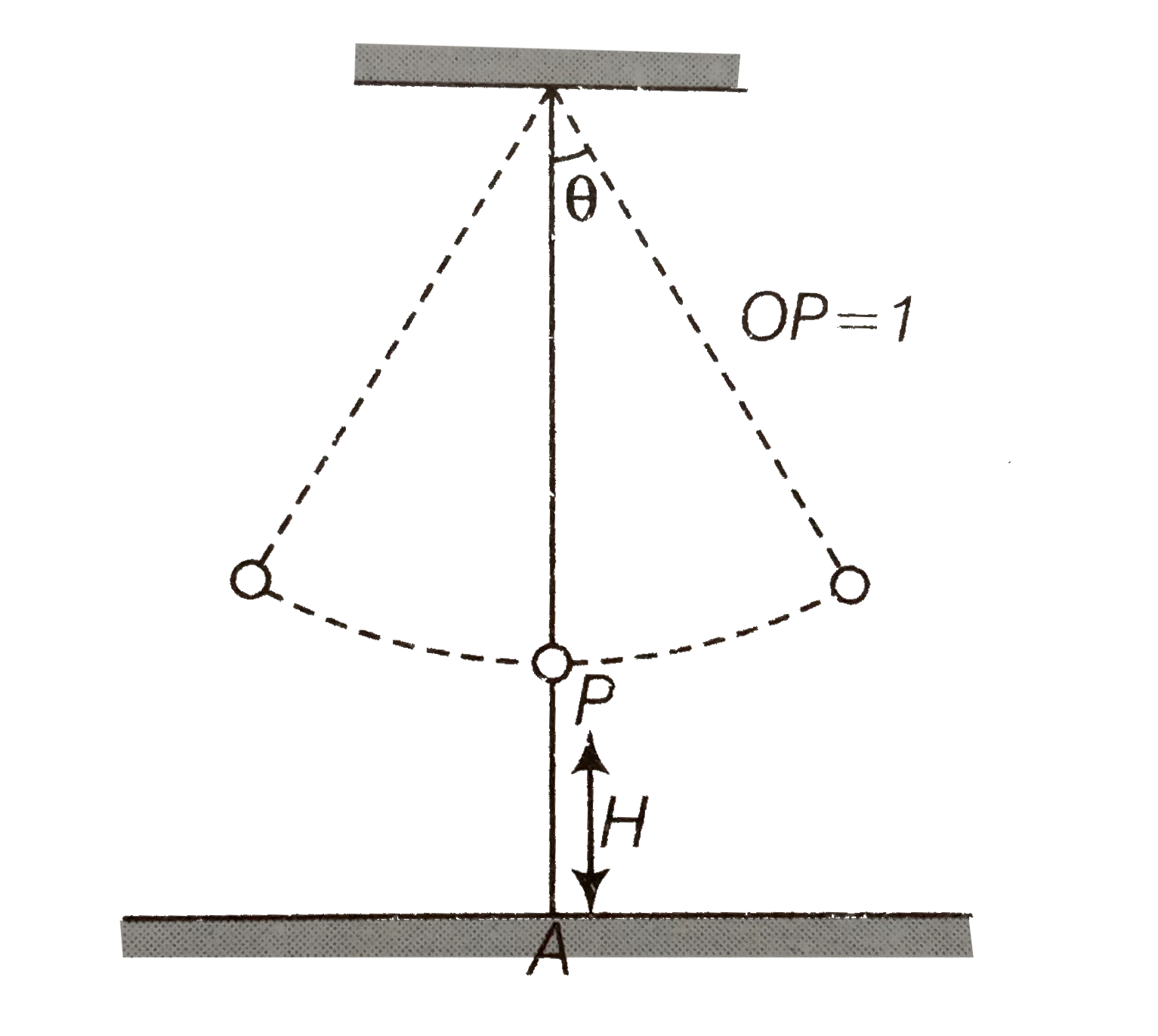 View Solution
View SolutionQuestion 509
A train standing at the outer signal of a railway station blows a whistle of frequency 400Hz in still air. The train begins to move with a speed of 10ms−1 towards the platform. What is the frequency of the sound for an observer standing on the platform ? (sound velocity in air =330ms−1) View SolutionQuestion 511
The pattern of standing waves formed on a stretched strinig at two instants of time are shown in figure. The velocity of two waves superimposing to form stationary wave is 360ms−1 and their frequencies are 256 Hz.
(a) Calculate the time at which the second curve is plotted. ltbr> (b) Mark nodes and antinodes on the curve.
(c) Calculate the distance between A′ and C′.
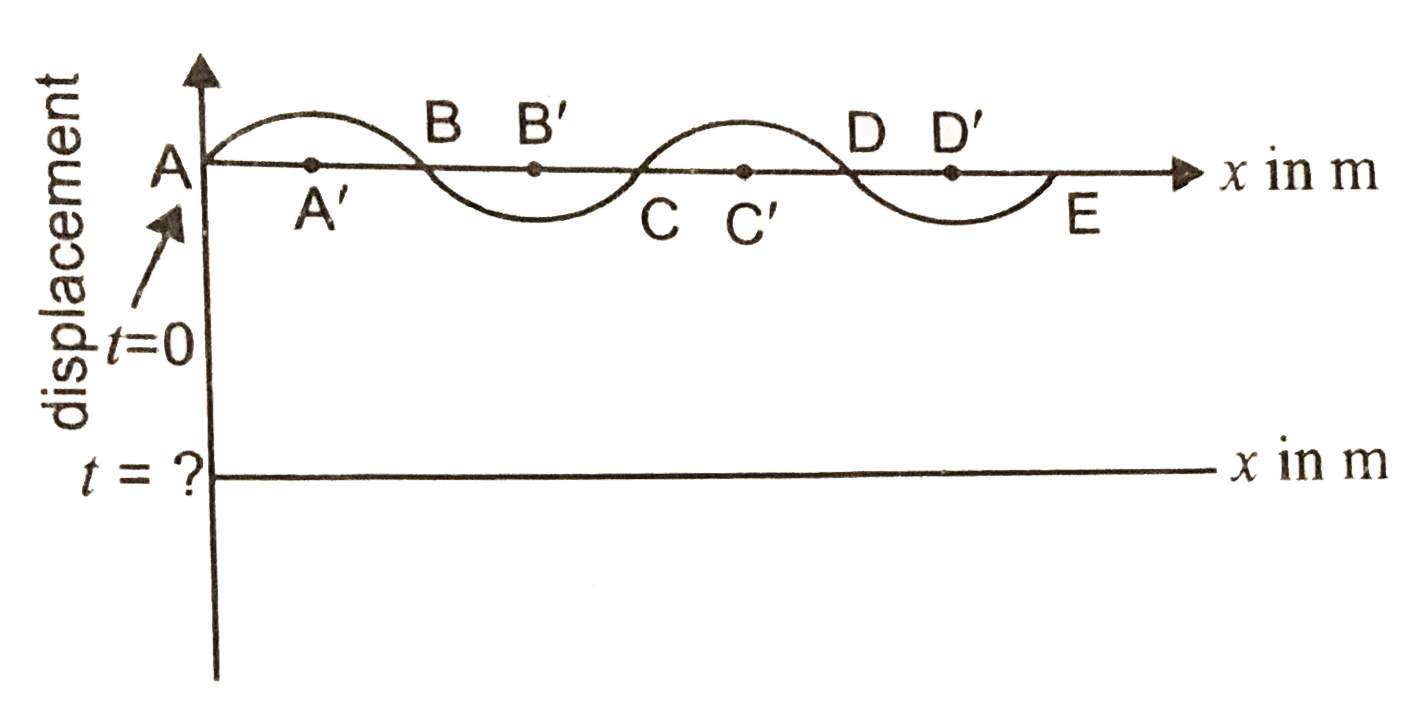 View Solution
View SolutionQuestion 512
A tuning fork vibrating with a frequency of 512 Hz is kept close to the open end of a tube filled with water , figure. The water level in the tube is gradually lowerd. When the water level is 17cm below the open end, maximum intensity of sound in heard. If the room temperature is 20∘C, calculate
(a) speed of sound in air at room temperature.
(b) speed of sound in air at 0∘C
(c) if the water in the tube is replaced with mercury, will there be any difference in your observations?
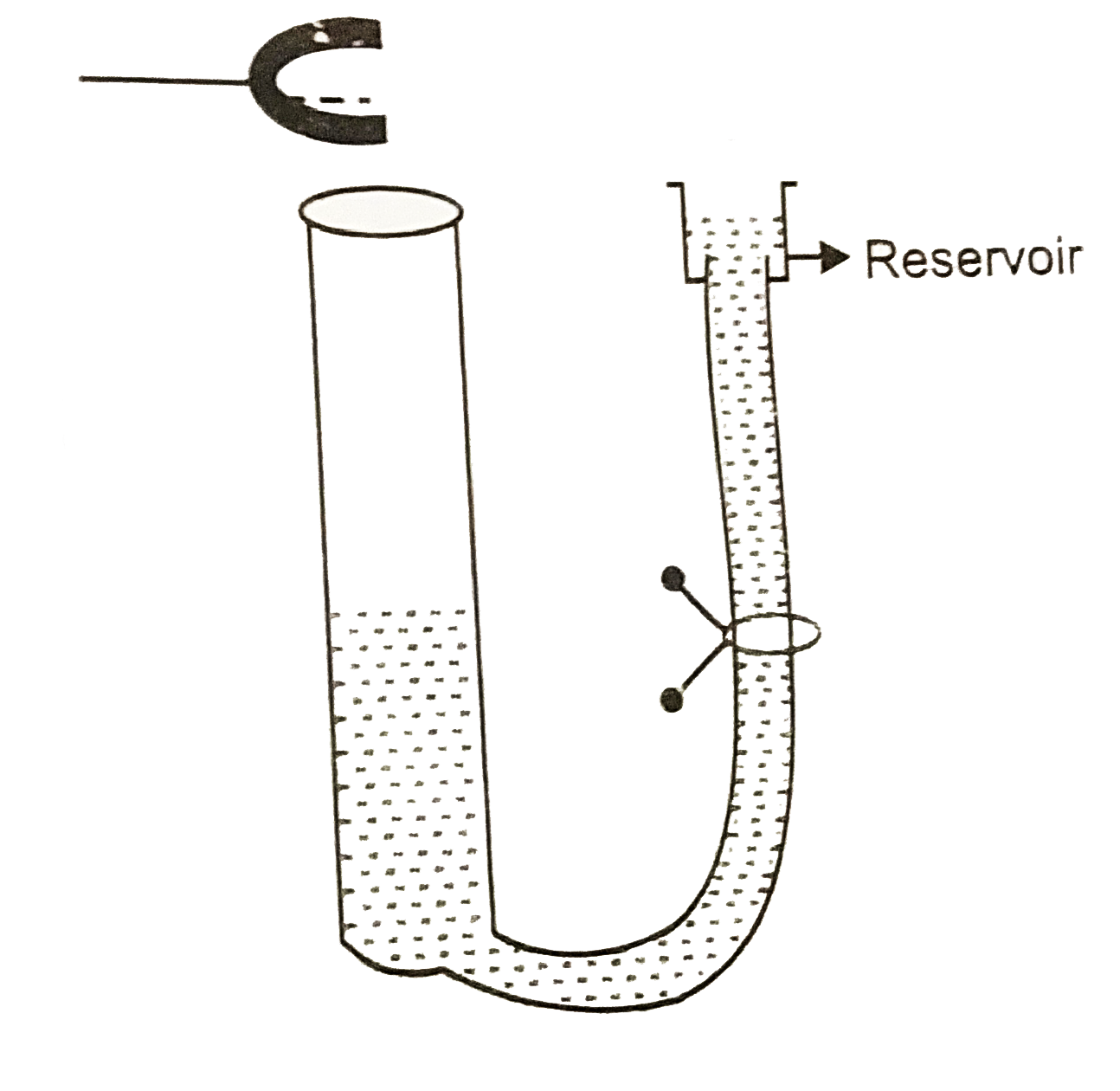 View Solution
View SolutionQuestion 514
The earth has a radius of 6400km. The inner core of 1000 km radius is solid. Outside it, there is a region from 1000 km to a radius of 3500km which is in molten state. Then again from 3500km to 6400 km, the earth is solid. Only longitudingal (P) waves can travel inside a liquid. Assume that the P wave has a speed of 8kms−1 in solide parts and of 5kms−1 in liquid parts of the earth. Calculate the time after which it will be recorded in a seismometer at a diametrically opposite point on earth if wave travels along diameter /View SolutionQuestion 516
Give below are some functions of x and t to represesnt the displacement of an elastic wave.
(i)y=5cos(4x)sin(20t)
(ii) y=4sin(5x−t/2)+3cos(5x−t/2)
(iii) y=10cos[(252−250)πt]cos[(252+2500πt] (iv)y=100cos(100πt+0.5x)
State which of these represent
(a) a travelling wave along-x direction
(b) a stationary wave
(c) beats
(d) a travelling wave along +x direction
Give reasons for your answers. View SolutionQuestion 528
Giving reasons for your selection, select pairs out of the following four waves in a medium in a medium which will give rise to (i) beats (ii) destructive interference (iii) stationary waves.
1. ξ1=Acos2π(v1t+xλ1) 2. ξ2=Acos[2π(v1t+xλ1)+π]
3. ξ3=Acos2π(v2t+xλ2) 4. ξ3=Acos2π(v2t−xλ2)View SolutionQuestion 531
A body of mass m falls from a height h on to the pan of a spring balance, figure, The masses of the pan and spring are negligible. The spring constant of the spring is k. The body gets attached to the pan and starts executing S.H.M. in the vertical direction. Find the amplitude and energy of oscillation.
 View Solution
View SolutionQuestion 532
In simple harmonic motion, a particle moves to and fro repeatedly about a mean position, under a restoring force whose magnitude at any instant is directly propotional to the displacement from the mean position, and th eforce is directed always towards the mean position.
Infact, SHM of a particle takes place under the condition of stable equilibrium. SHM is the most common form of motion in nature.
Read the above passage and answer the following questions:
(i) Give atleast examples of SHM in nature.
(ii) How is the concept of SHM related in day to day life ?View SolutionQuestion 533
A particle executing SHM possesses two types of energy. Potential energy is on account of displacement of particle from the mean positoin, anad kinetic energy is ono account of velocity of the particle. At any time t
P.E.=U=12mω2y2=12mω2a2sin2ωt, and
K.E..=K=12mω2(a2−y2)=12mω2a2cos2ωt
T.E.=E=U+K=12mω2a2= constant
Read the above passage and answer the following questions:
(i) At what distance from the mean position will K.E. of a particle be twice its P.E.?
(ii) What are the implications of this study in day life?View SolutionQuestion 534
The corrected Newton's formula for velocity of sound in air is v=√γPρ, where P is pressure and ρ is density of air, γ=1.42 for air. At normal temperature ane pressure, velocity of sound in air =332m/s.
Read the above passage and answer the following question:
(i) How do the sound horns protect us from the oncoming vehicles ? ltbr> (ii) How does a sand scorpion fing its prey?
(iii) Will the velocity of sound in air change on changing the pressure alone?View SolutionQuestion 535
When two sets of progressive wave trains of the same type, having same amplitude an same time period, travelling with same speed along the same straight line in opposite directions superimpose, a new set of waves are formed. These are called stationary waves or standing waves. The resultant waves do not propagate in any direction, nor there is any transfer of energy in the medium.
Read the above passage and answer the following questions:
(i) Stationary waves are characterised by nodes and antinodes. What are these points ?
(ii) What is the total energy associated with a stationary wave ? What values of life do you learn from this ?View SolutionQuestion 536
Organ pipes are musical instruments which are used for producing musical sound by blowing air into the pipe. Organ pipes are of two types: closed organ pipes are closed at one end and open at the other. Open organ pipes are open at both ends.
The study shows that the overall musical sound produced by an open organ piipe is richer than the musical sound produced by a closed organ pipe.
Read the above passage and answer the following questions:
(i) Why the overall musical sound produced by an open organ pipe is richer than the musical sound produced by a closed organ pipe ?
(ii) What does this study imply in day to day life ?View Solution
All Exercises from PRADEEP PHYSICS (HINGLISH) Class 11 PHYSICS OSCILLATIONS AND WAVES
- ASSERTION-REASON TYPE QUESTIONS
- FILL IN THE BLANKS
- INTEGER TYPE QUESTION
- JEE MAINS ADV..(MULTIPLE CHOICE QUECTION)
- MULTIPLE CHOICE QUESTION
- MULTIPLE CHOICE QUESTION-I
- MULTIPLE CHOICE QUESTION-II
- MULTIPLE CHOICE QUESTIONS
- PROBLEMS FOR PRACTICE
- ADDITIONAL EXERCISES
- ADVANCED PROBLEMS FOR COMPETITIONS
- CONCEPTUAL PROBLEMS
- CURIOSITY QUESTION
- HIGHER ORDER THINKING SKILLS
- LONG ANSWER QUESTIONS
- NCERT CHAPTER
- NCERT EXERCISES WITH SOLUTIONS
- SAMPLE PROBLEM
- SHORT ANSWER QUESTIONS
- SOLVED EXAMPLES
- VALUE BASED QUESTIONS
- VERY SHORT ANSWER QUESTIONS

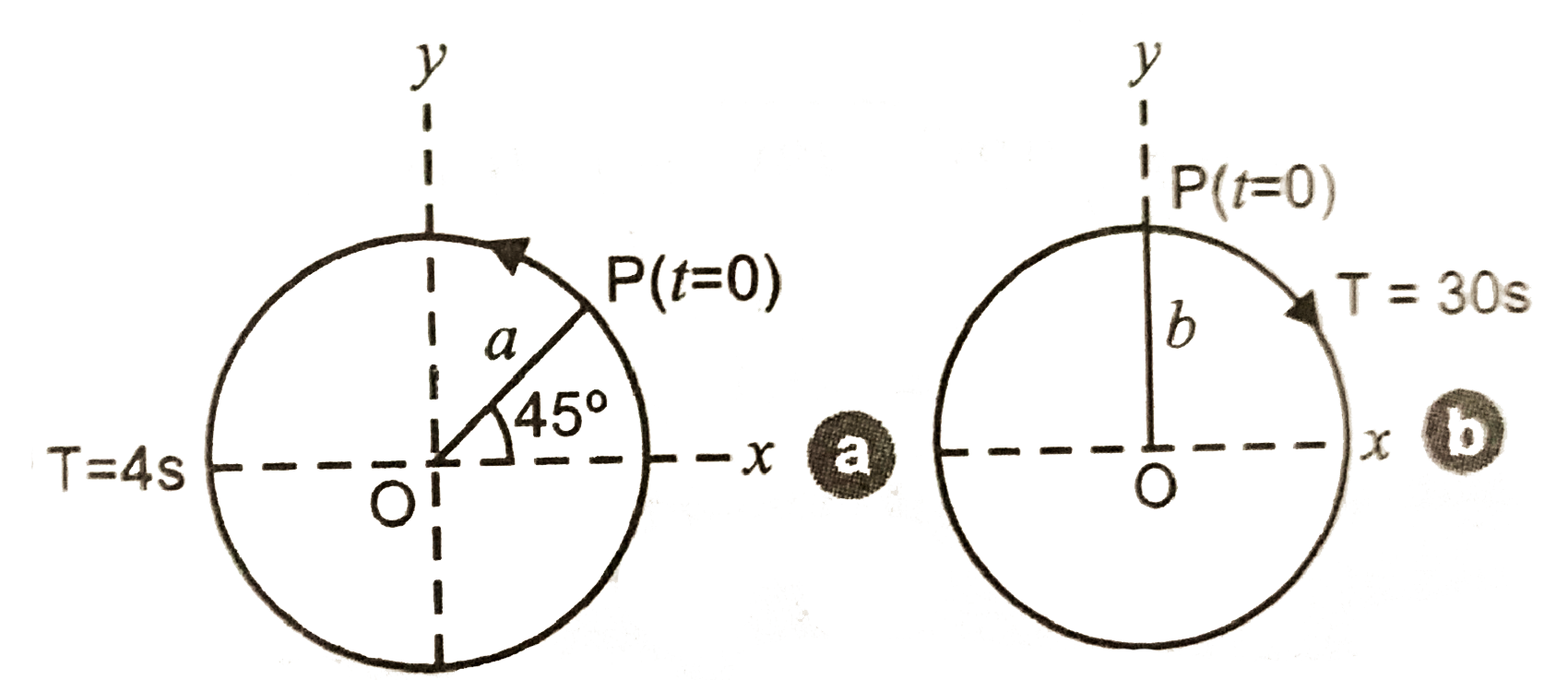
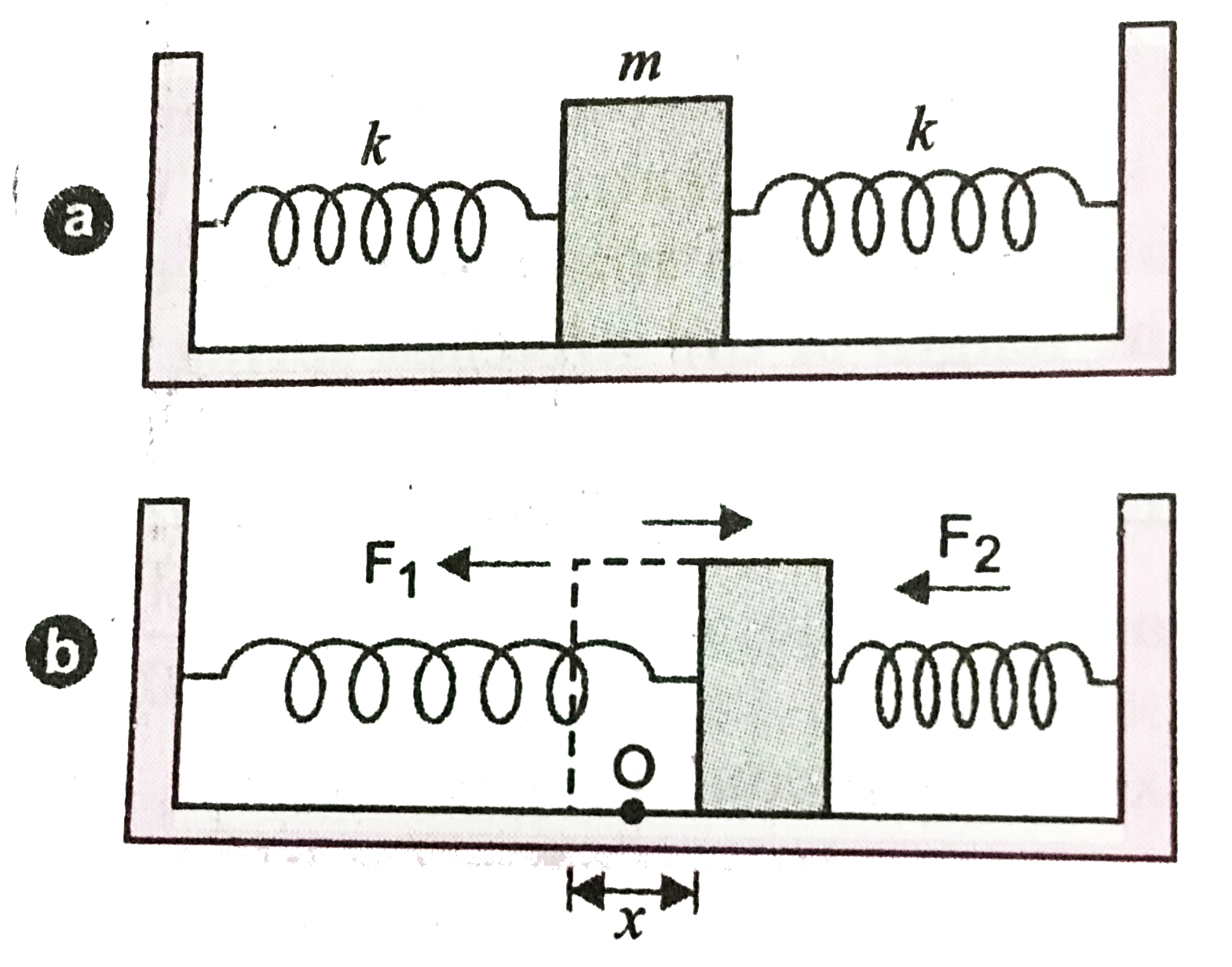

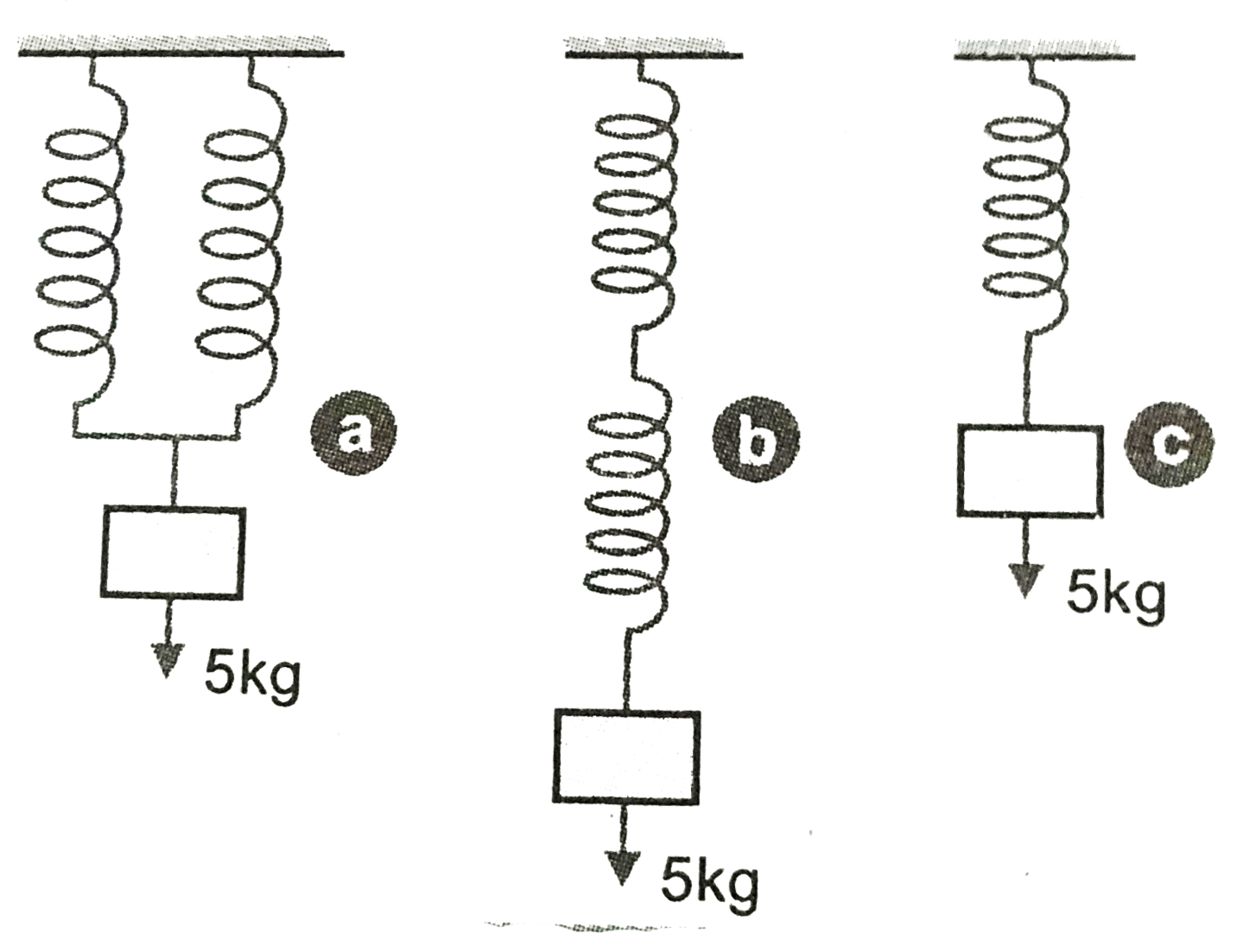
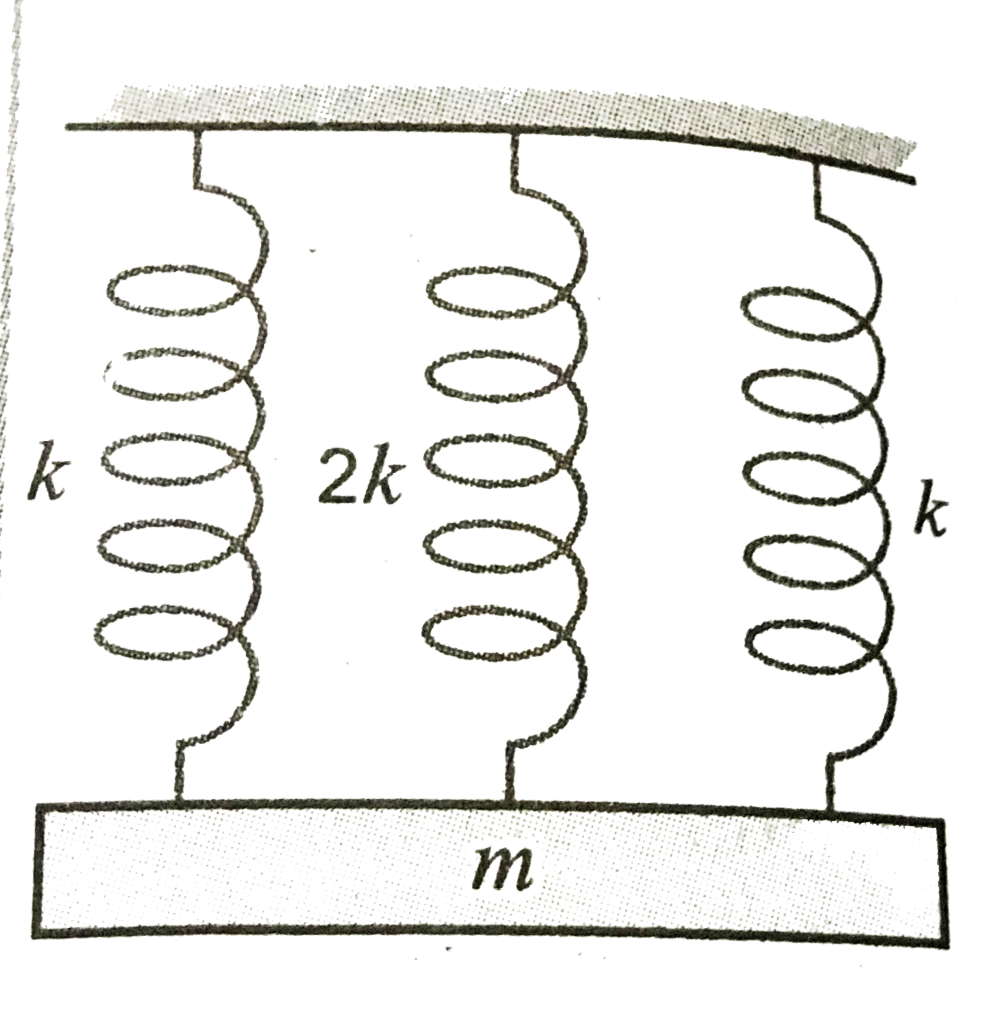
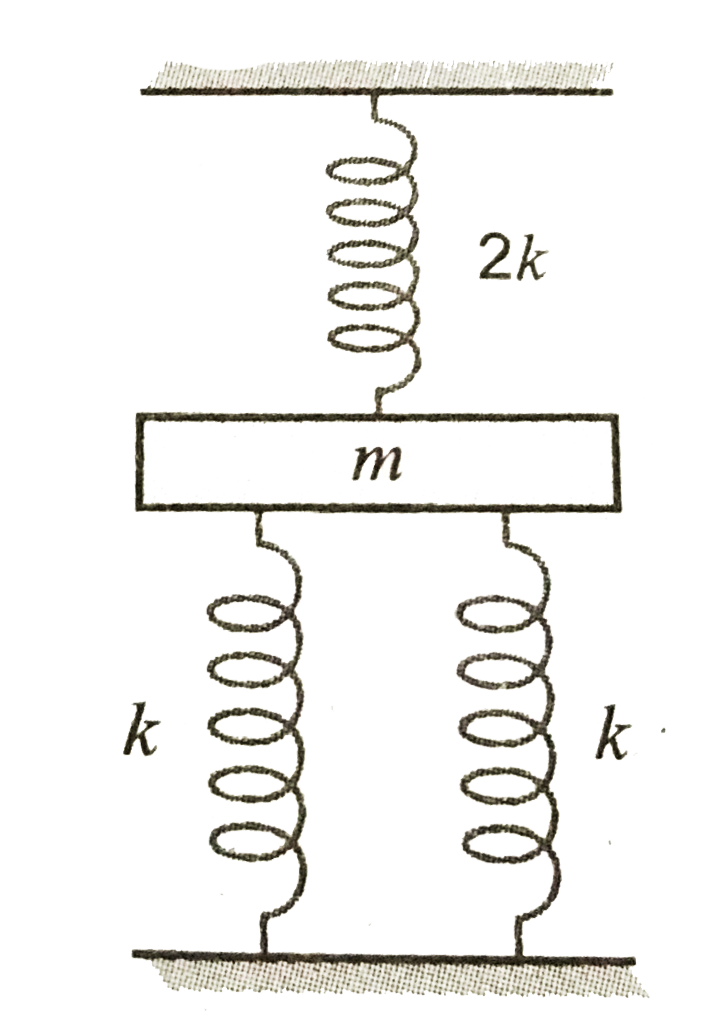

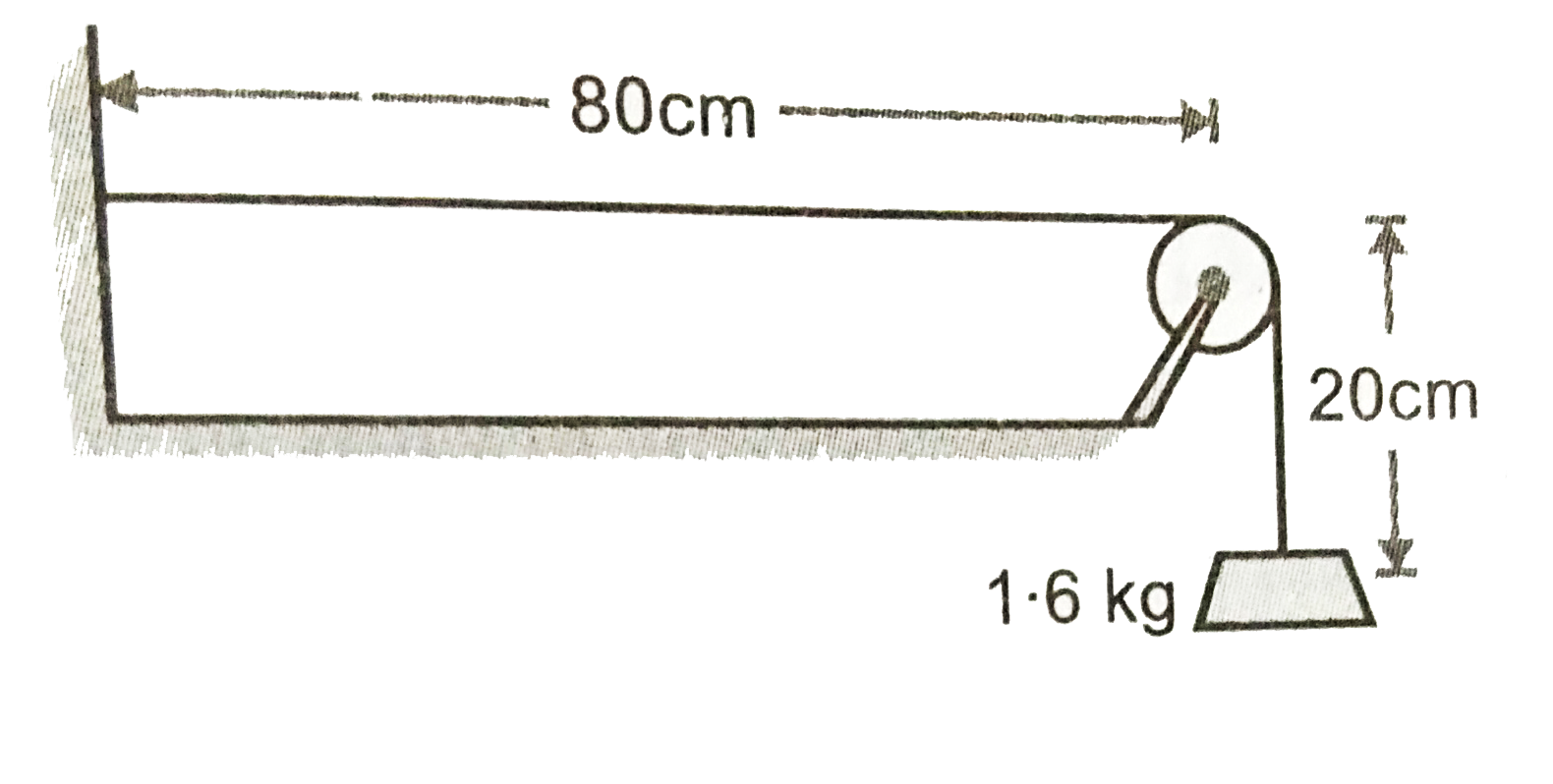
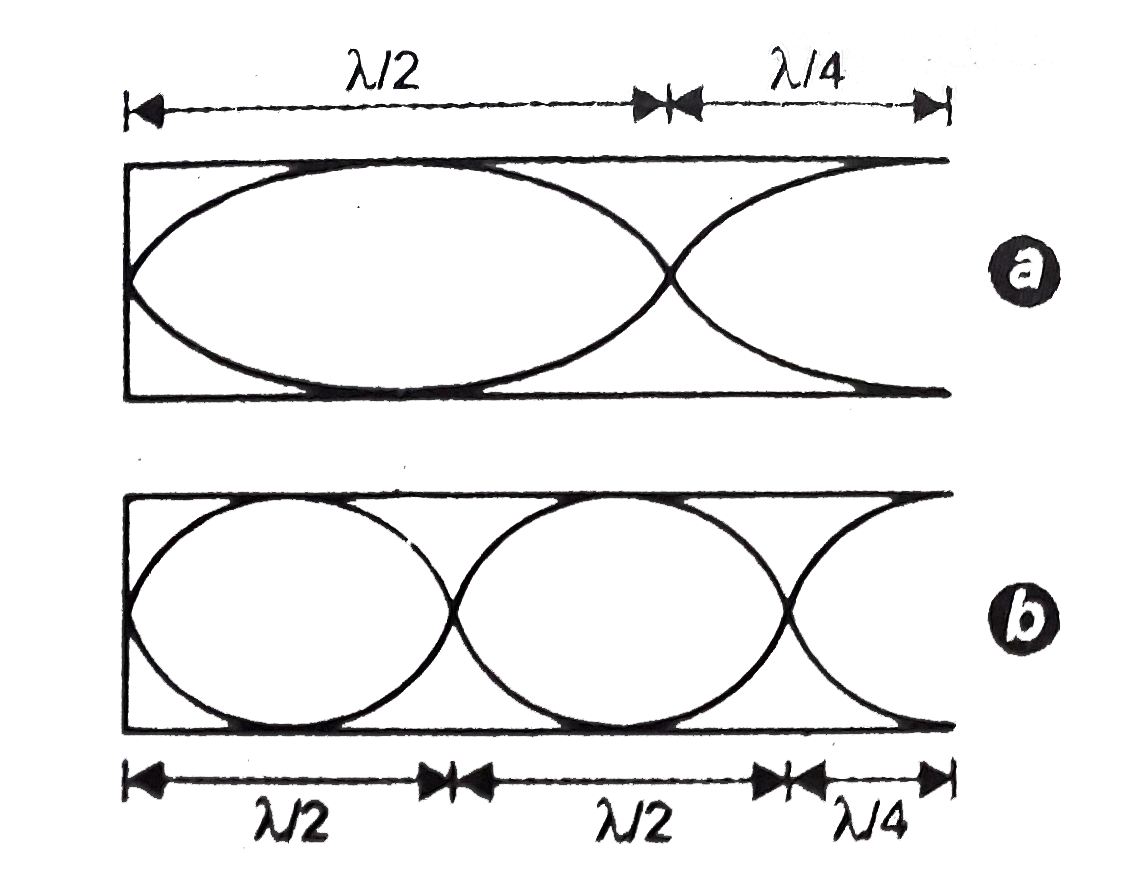


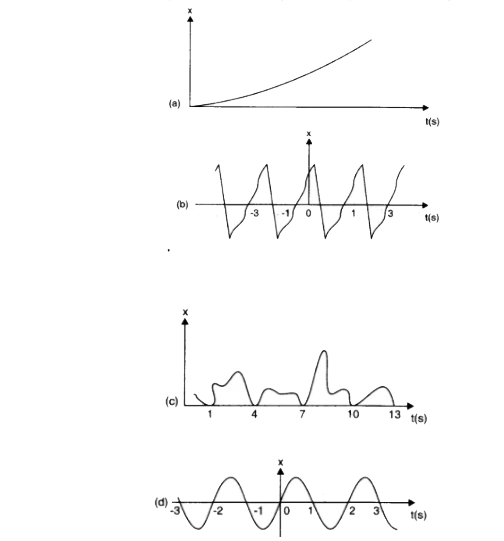
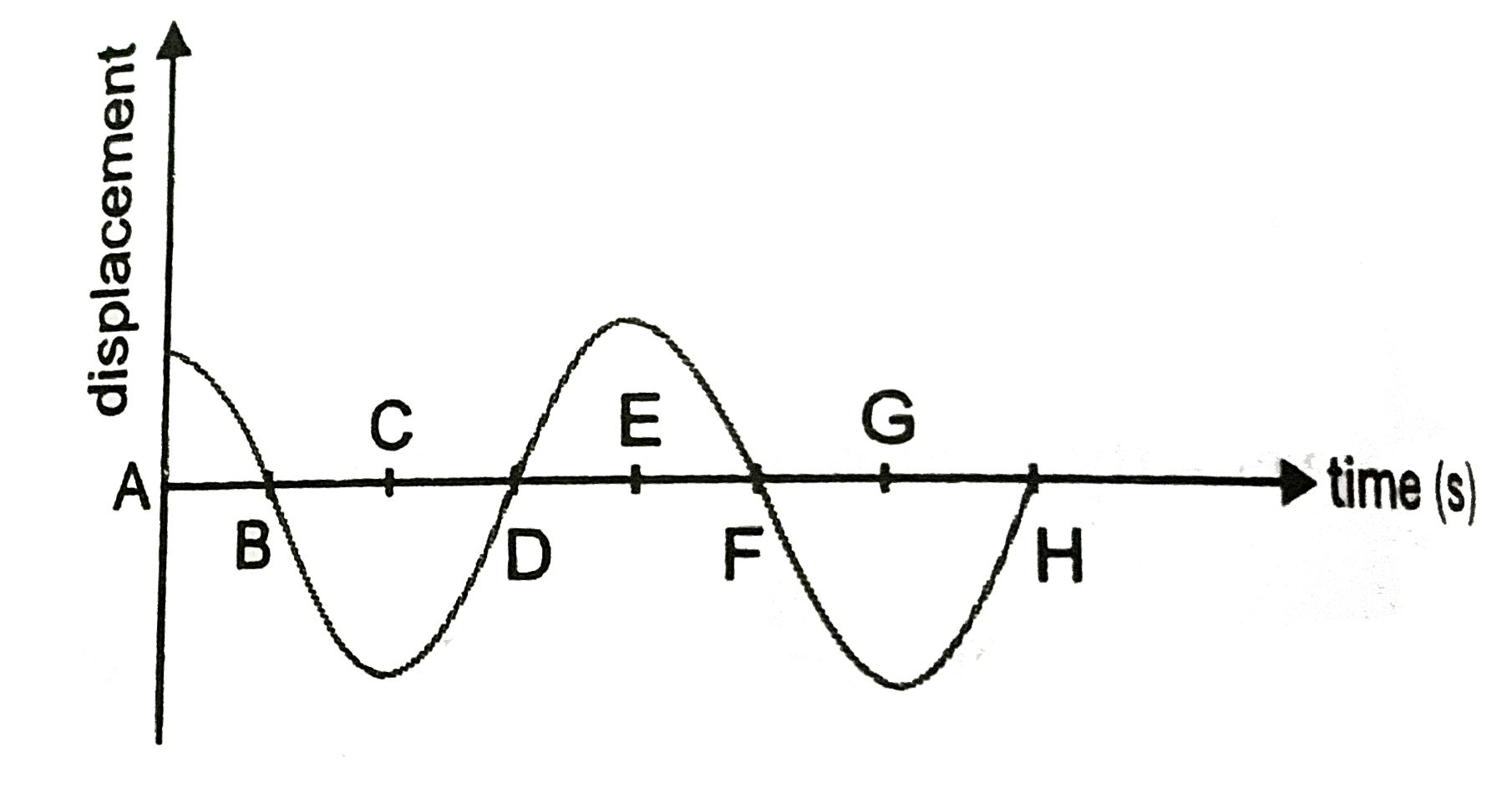
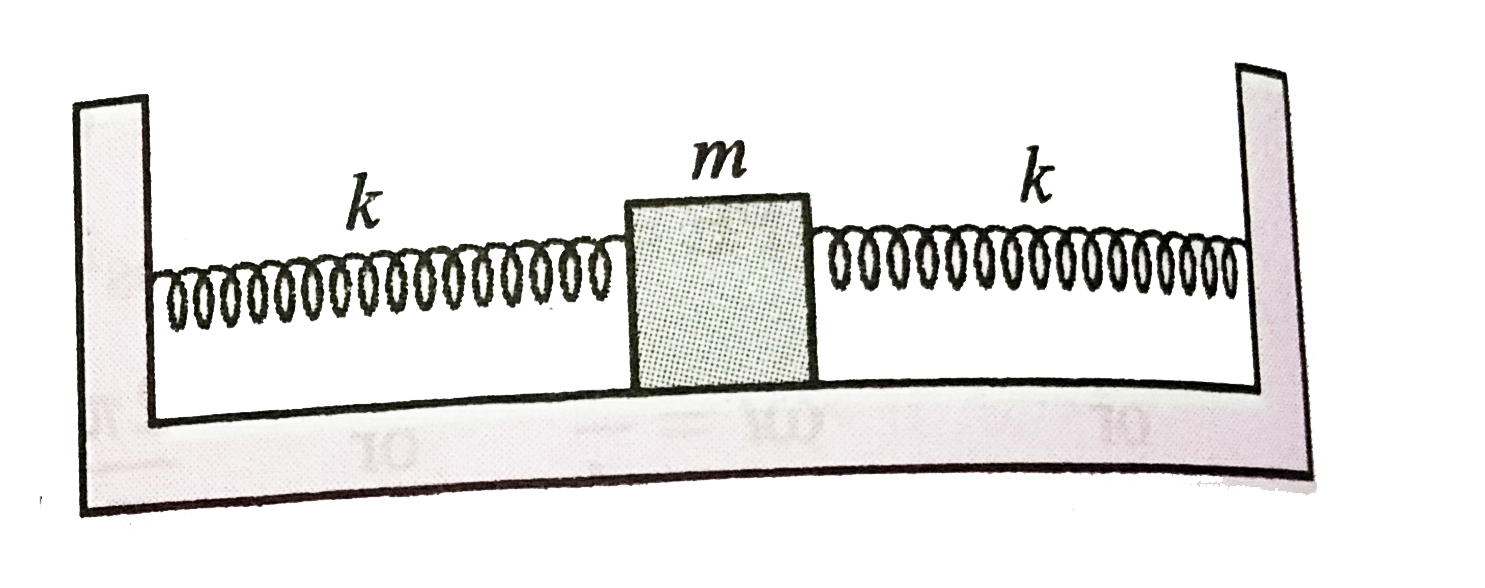

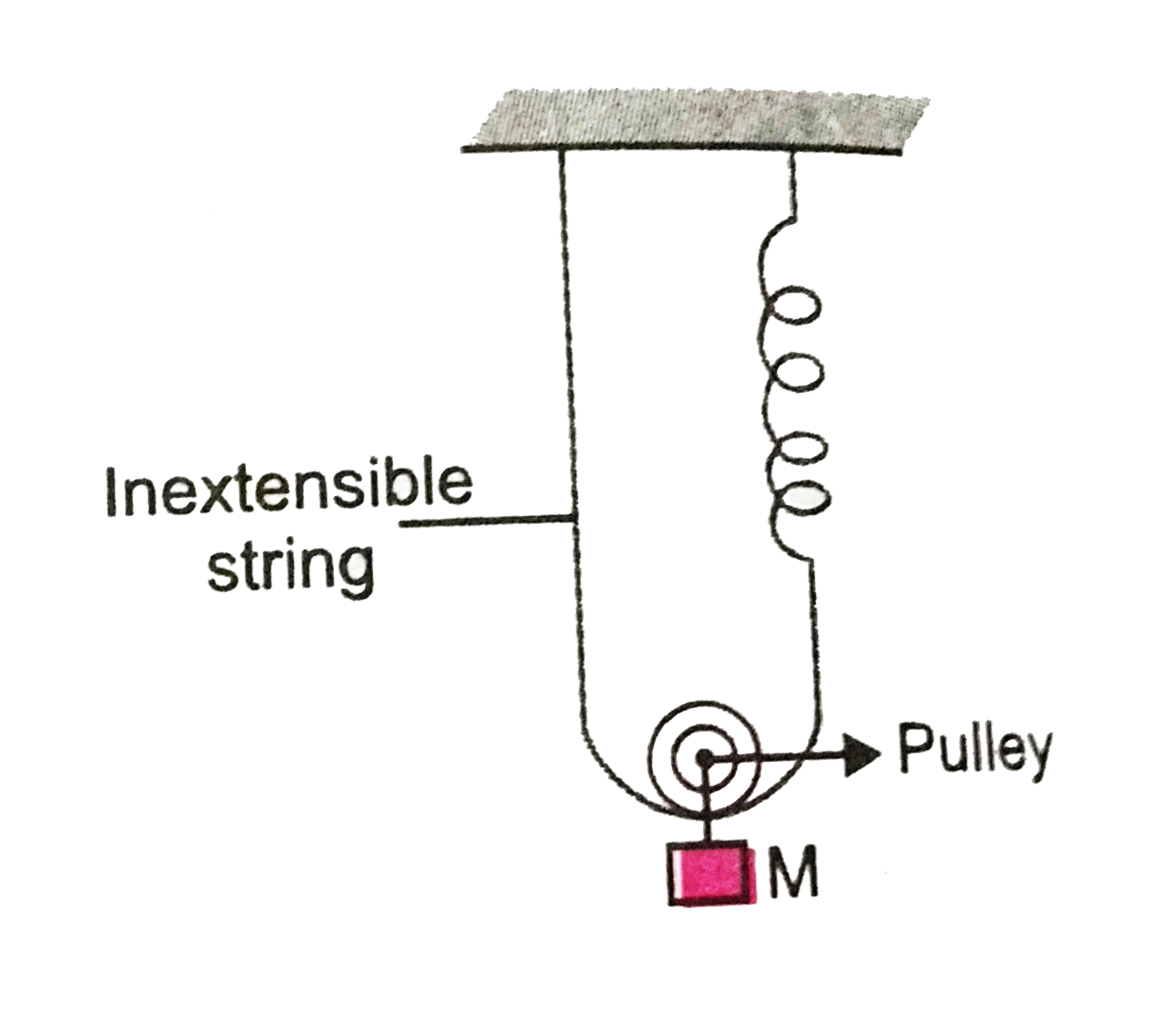
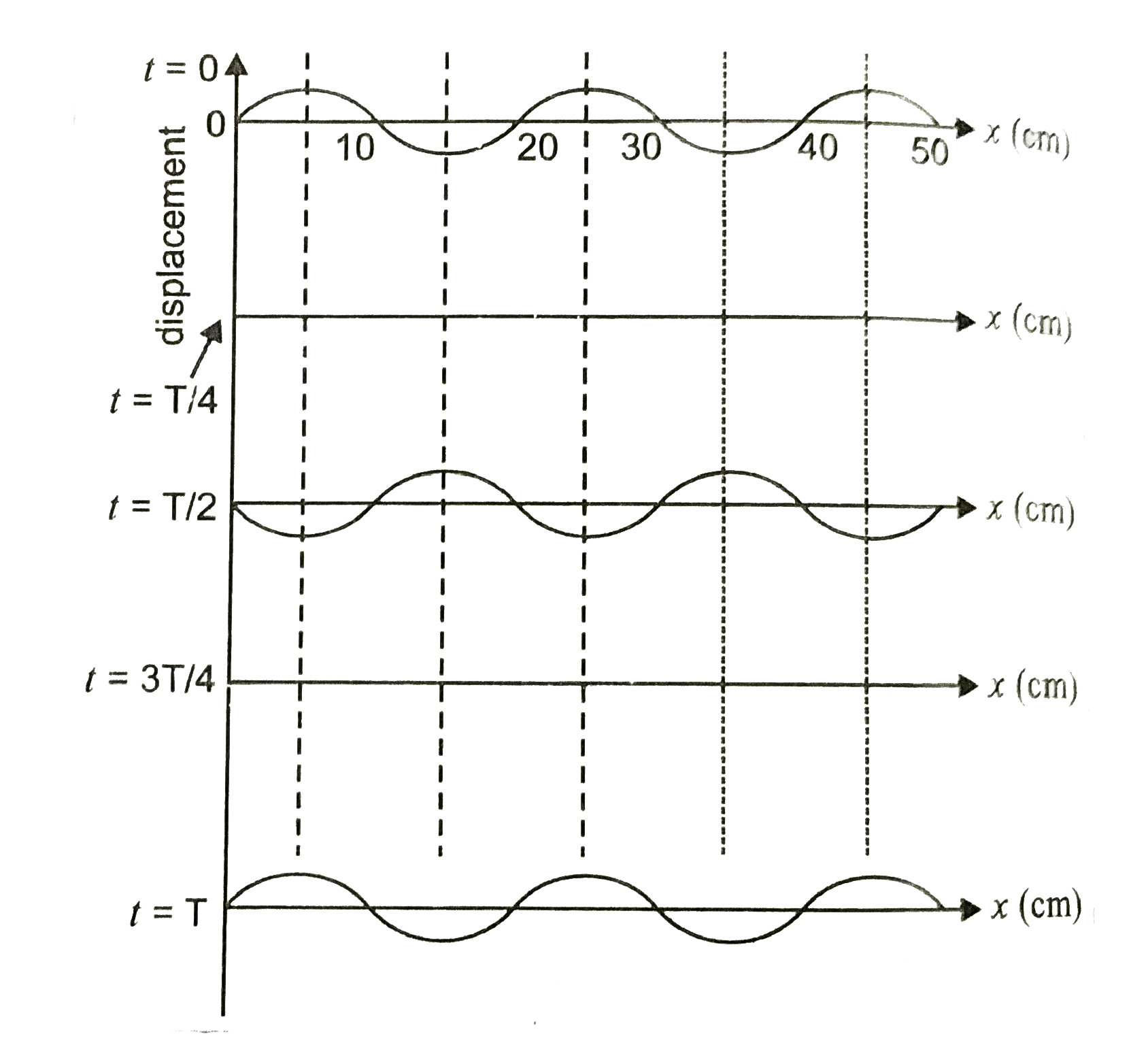
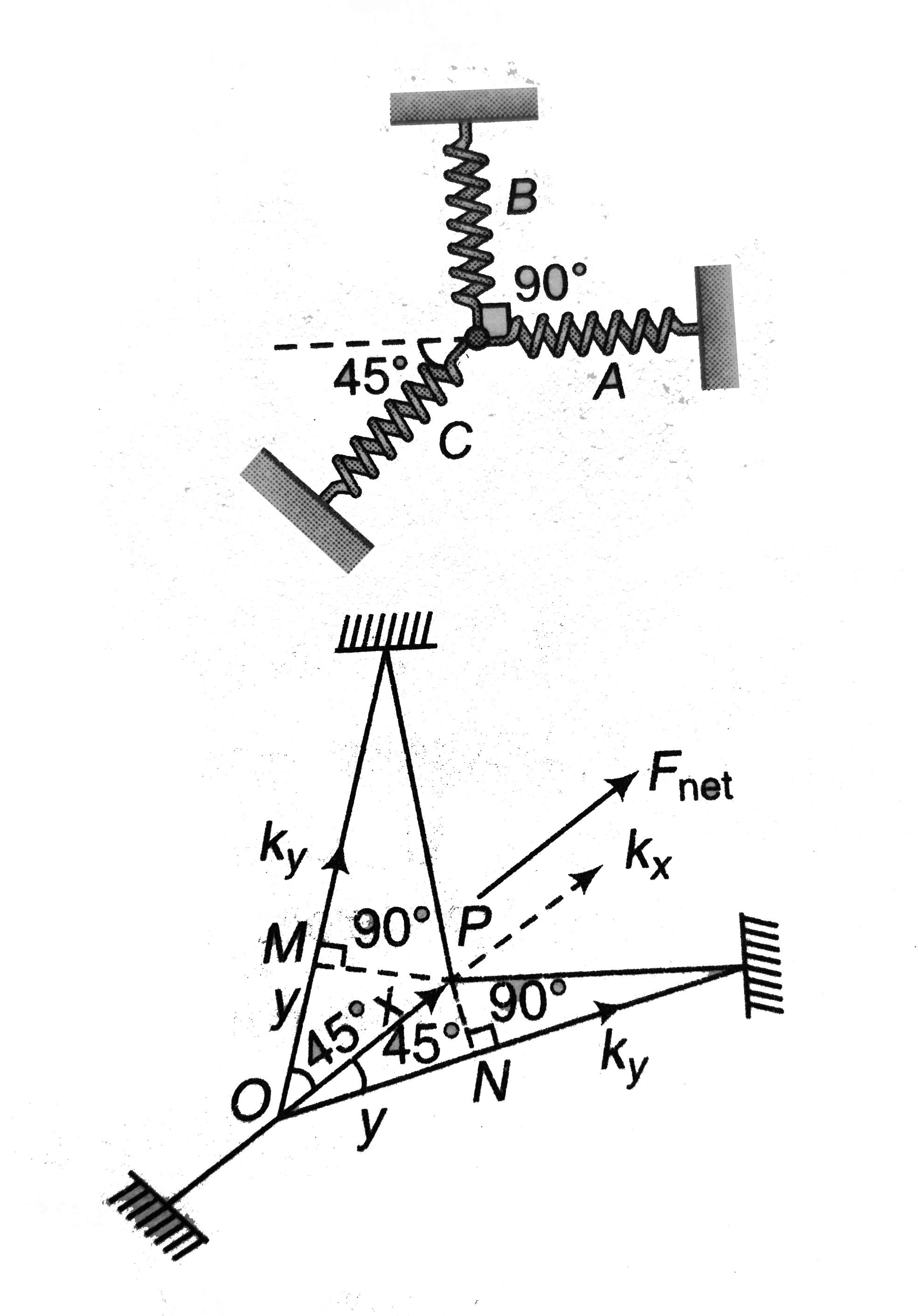 .
. 